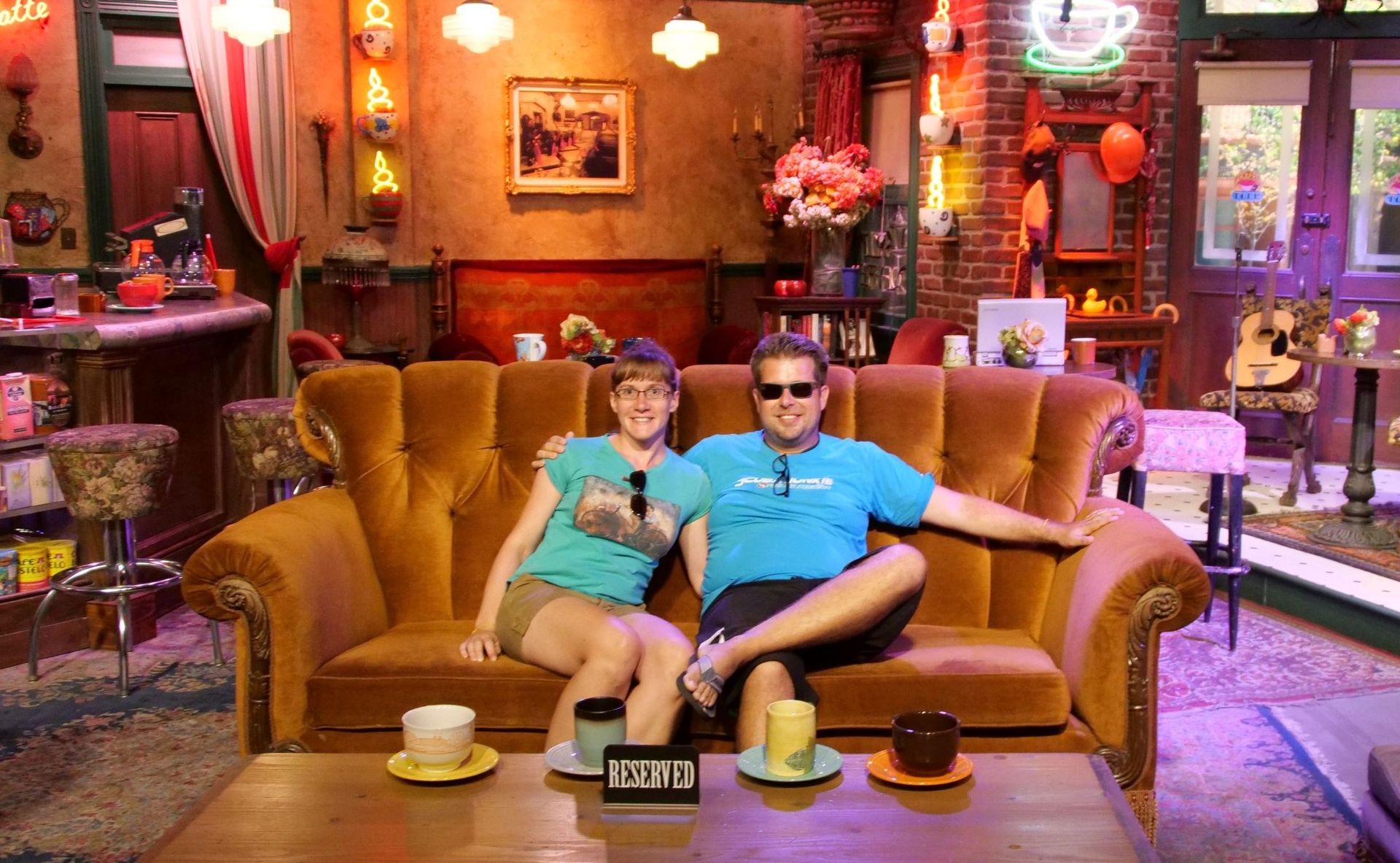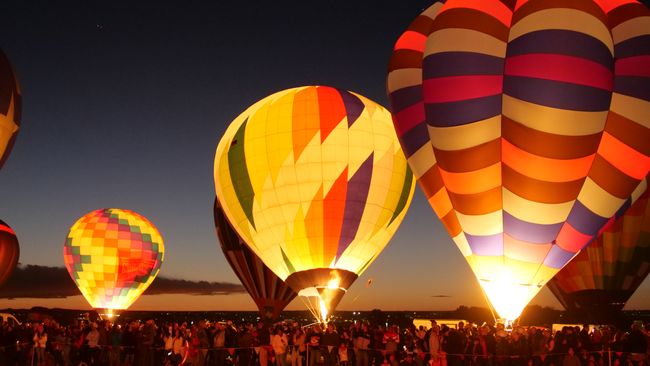07/03/2023 - Ollantaytambo → Maras → Moray → Chinchero → Cusco / Peru
Nəşr edilmişdir: 10.03.2023
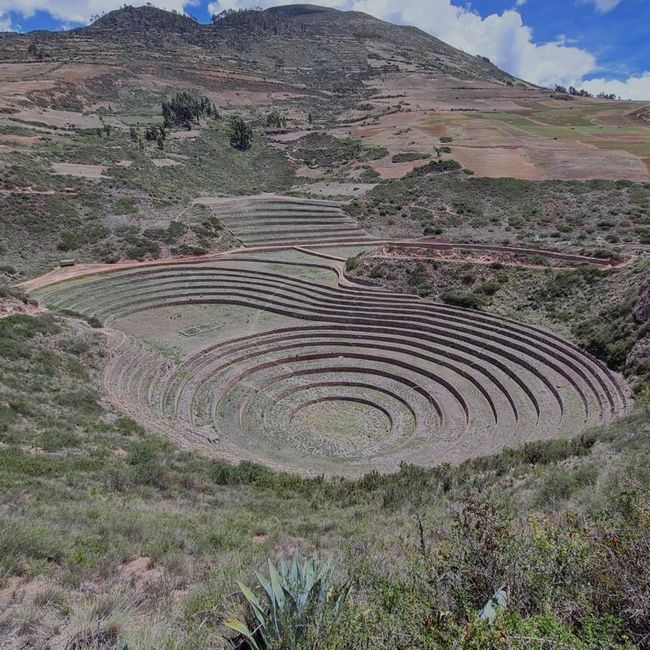
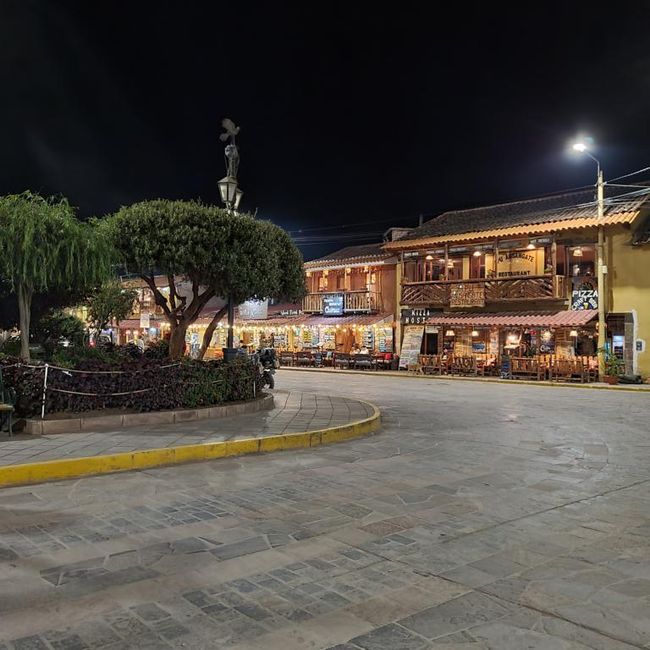
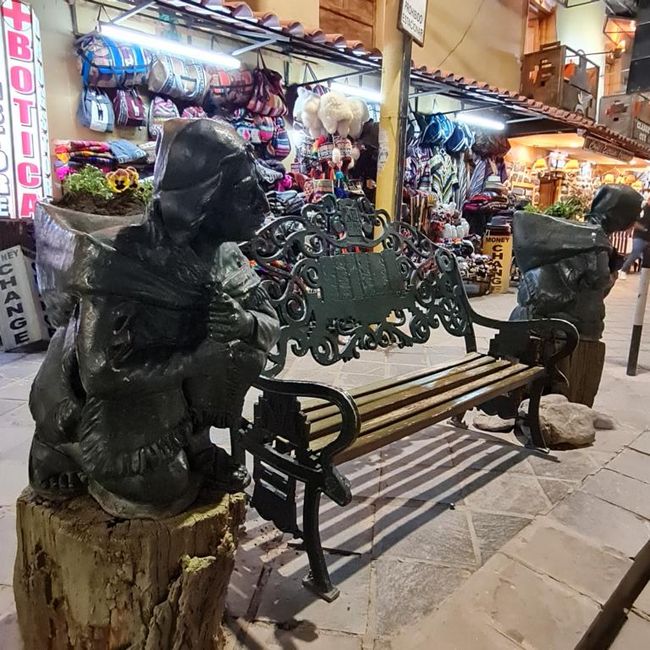
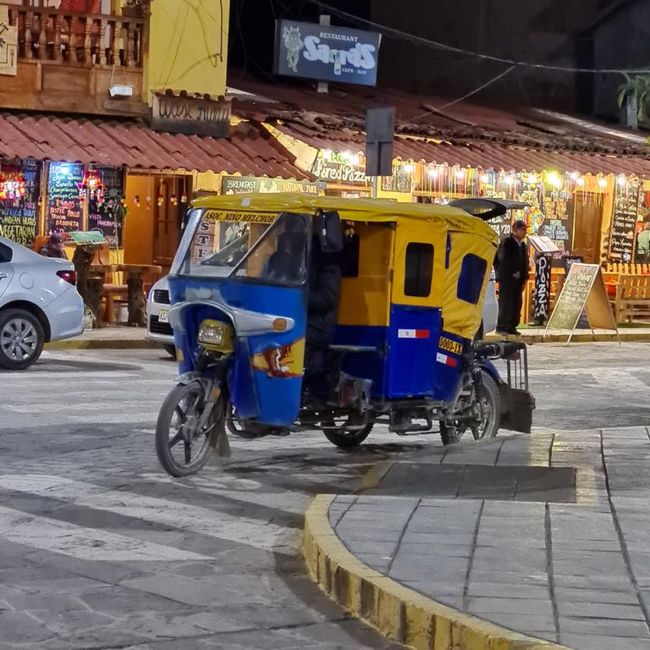
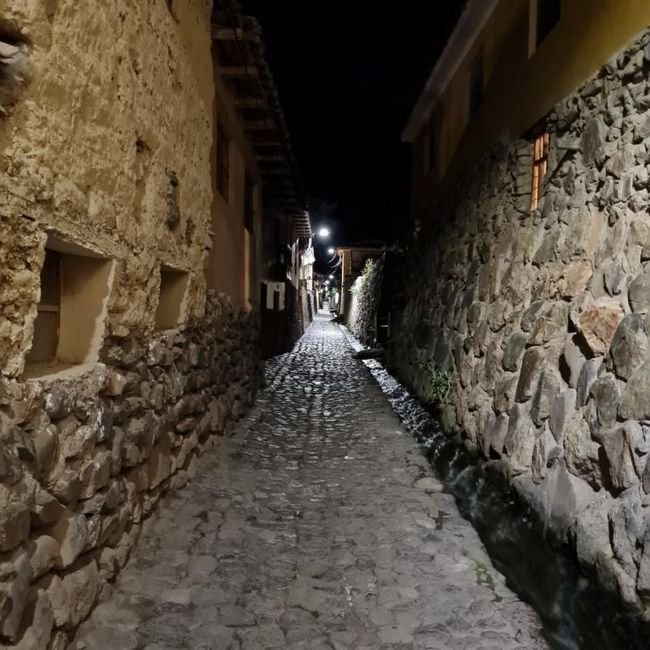
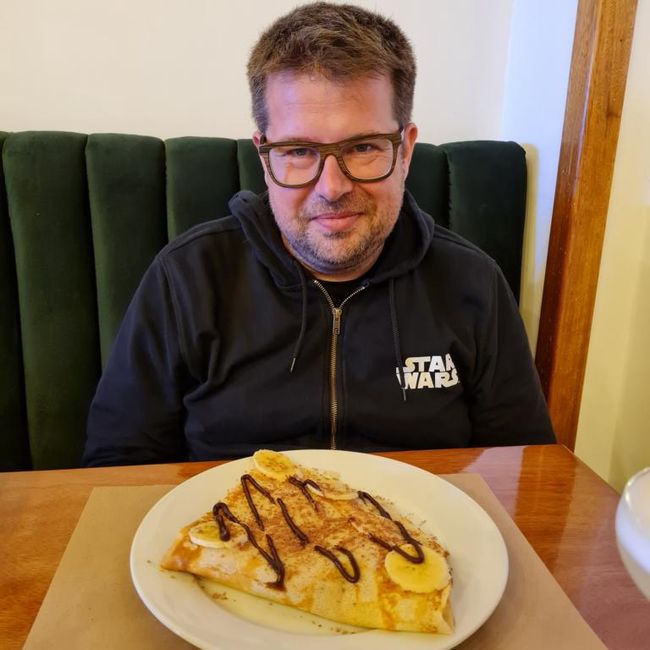
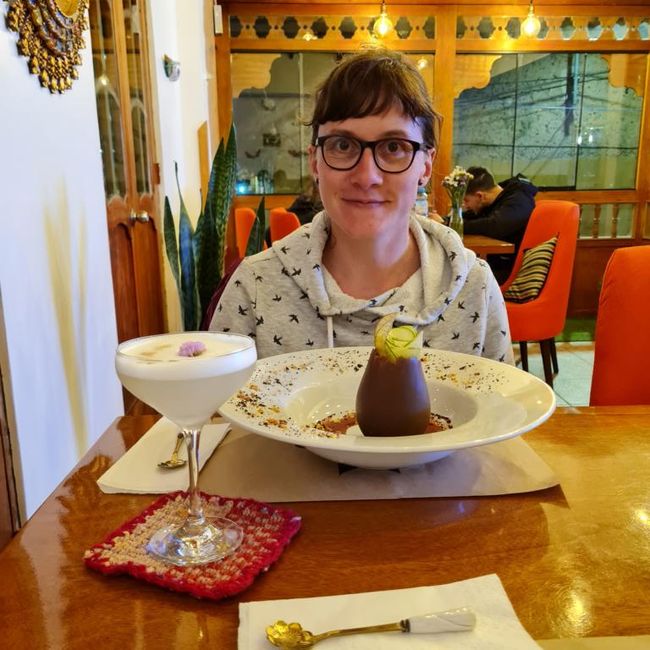
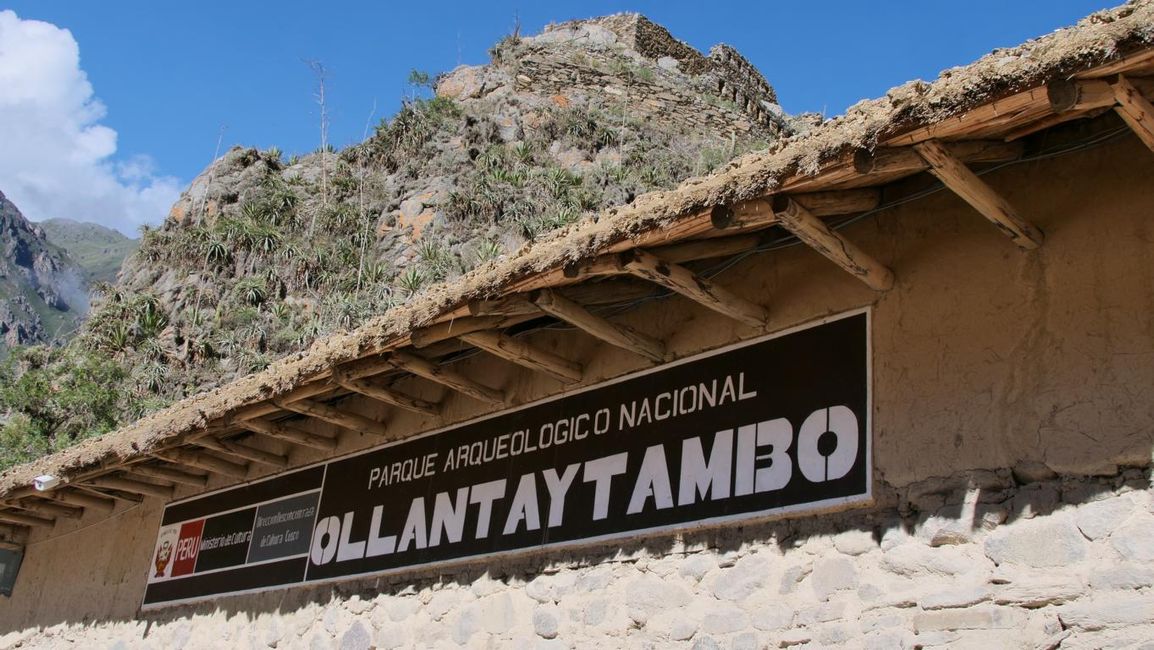
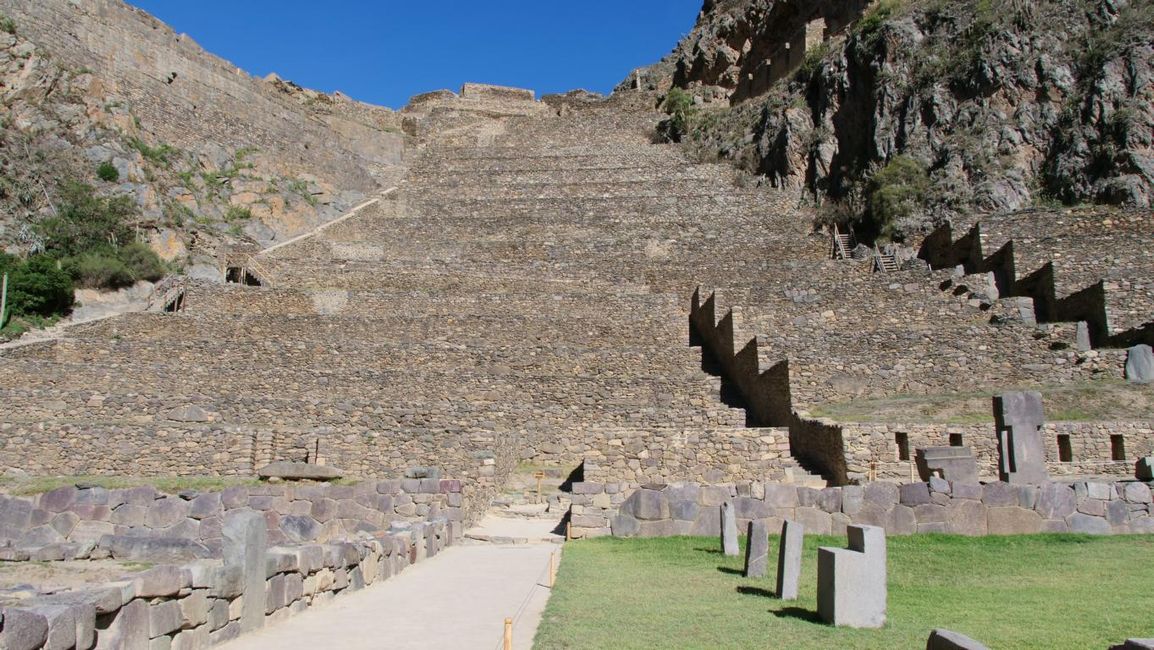
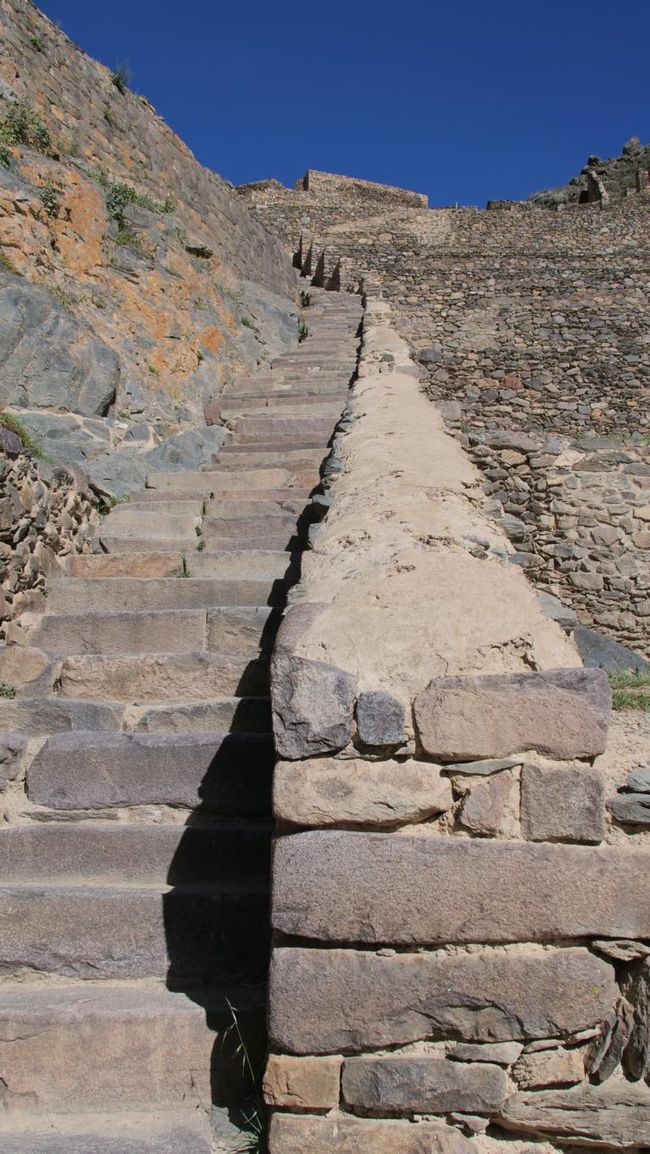
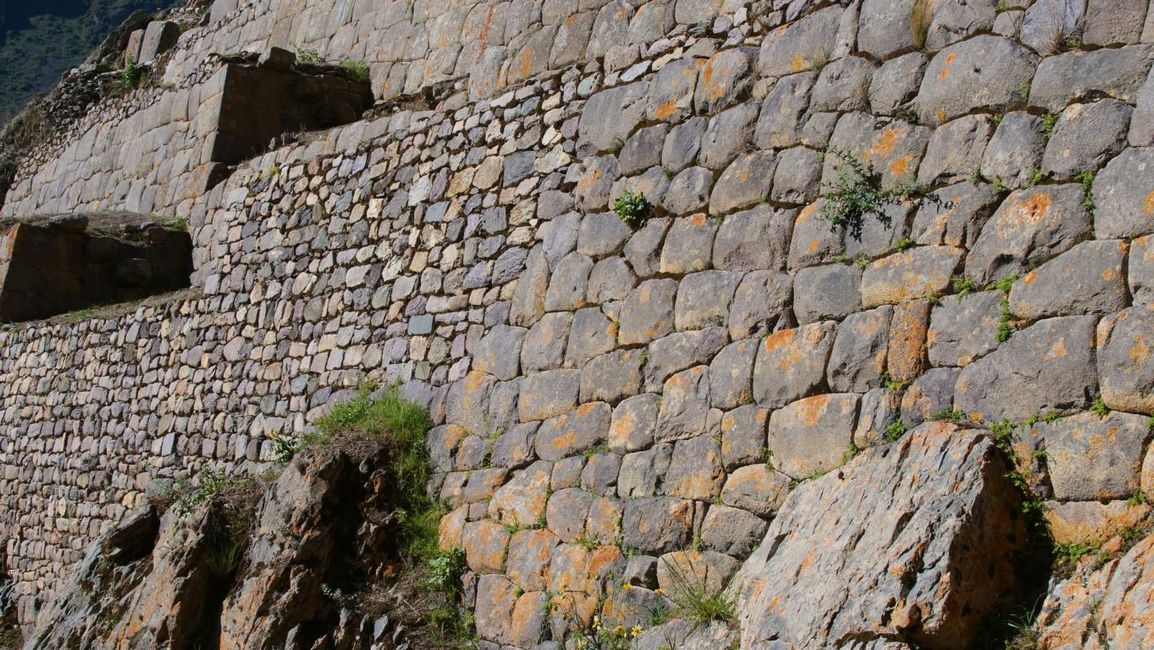
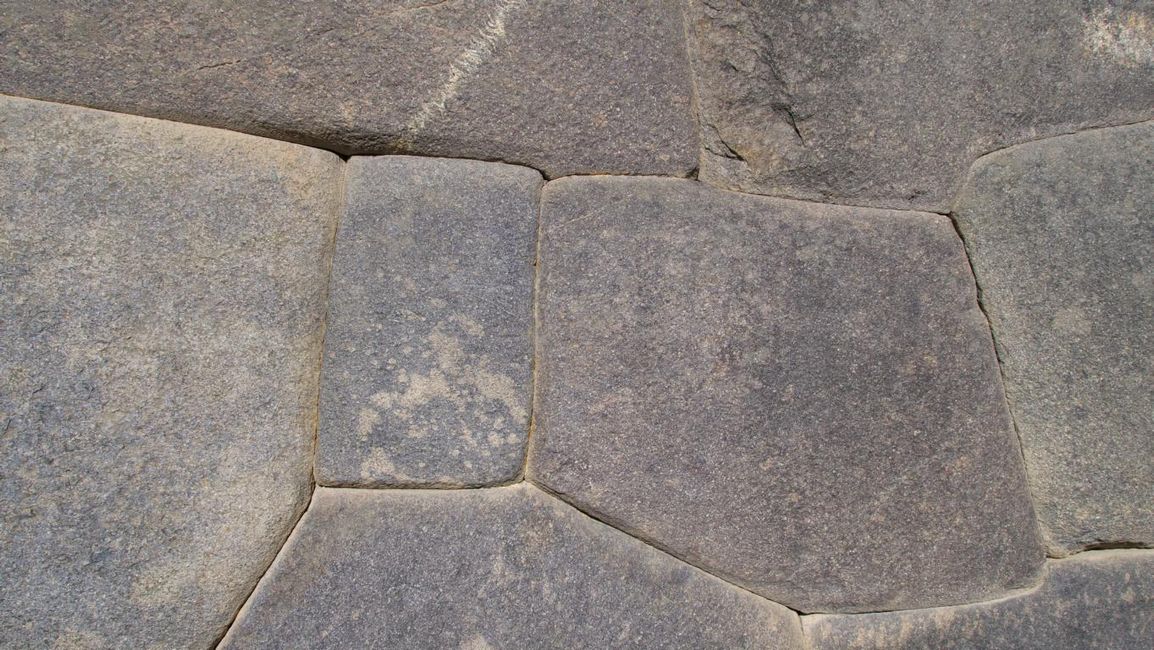
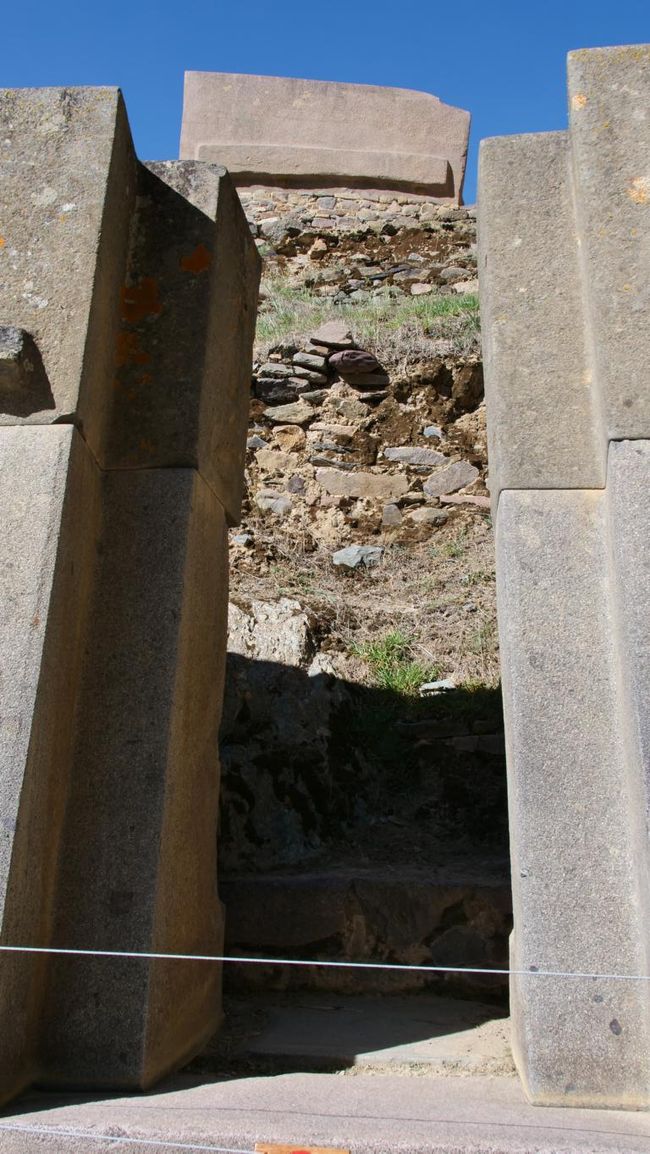
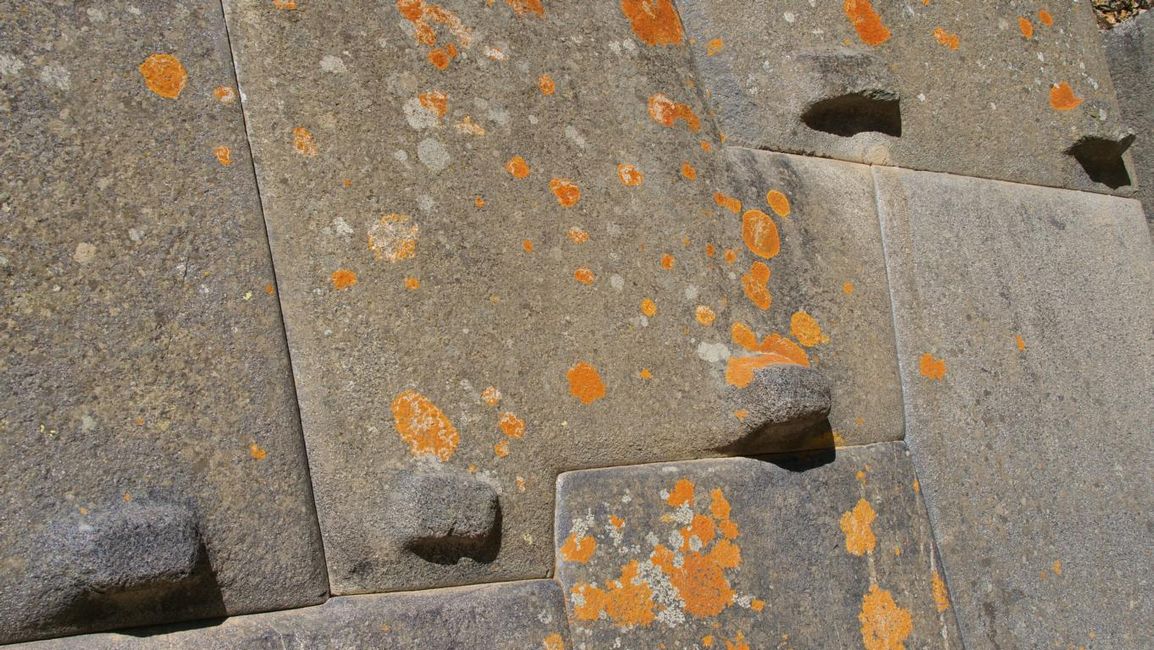
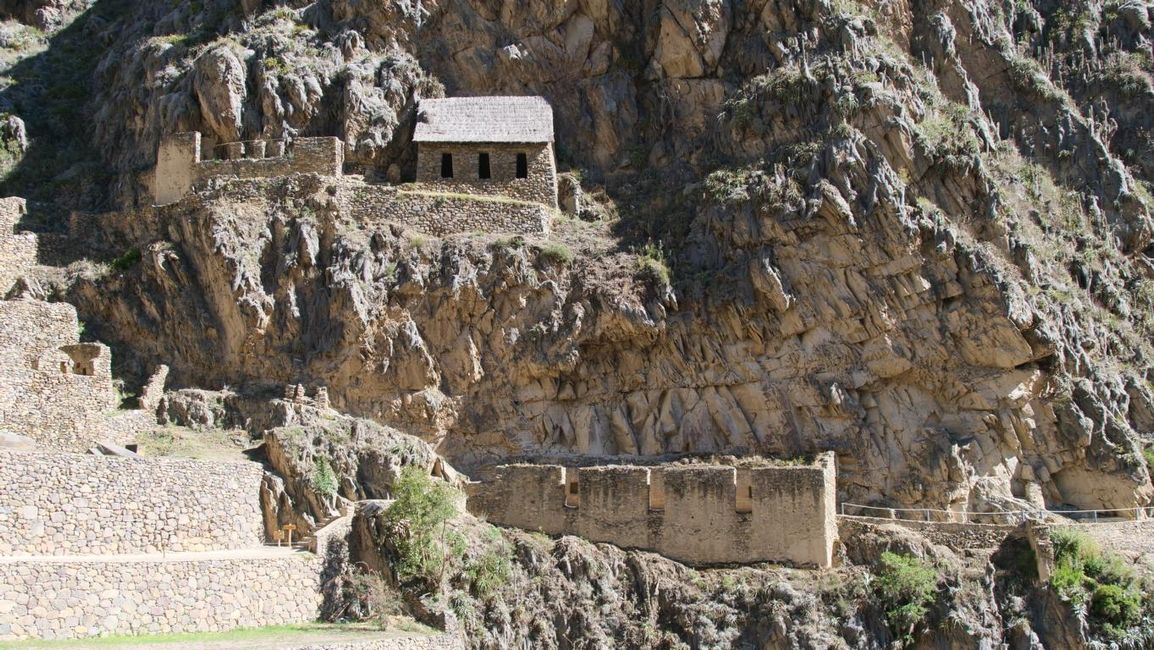
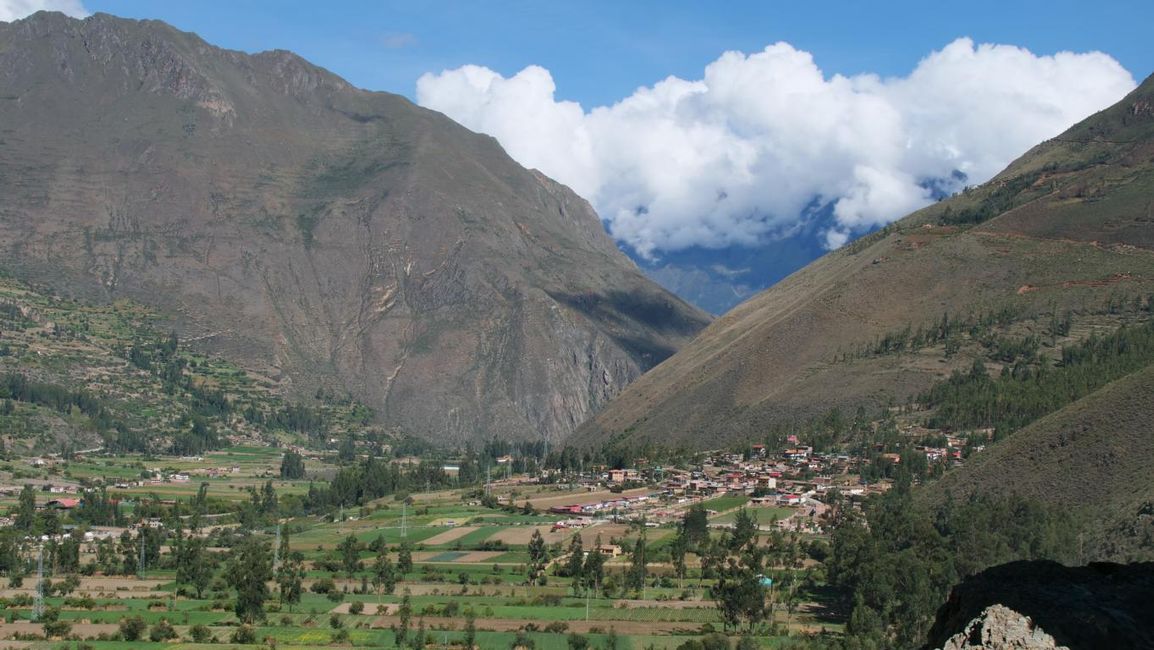
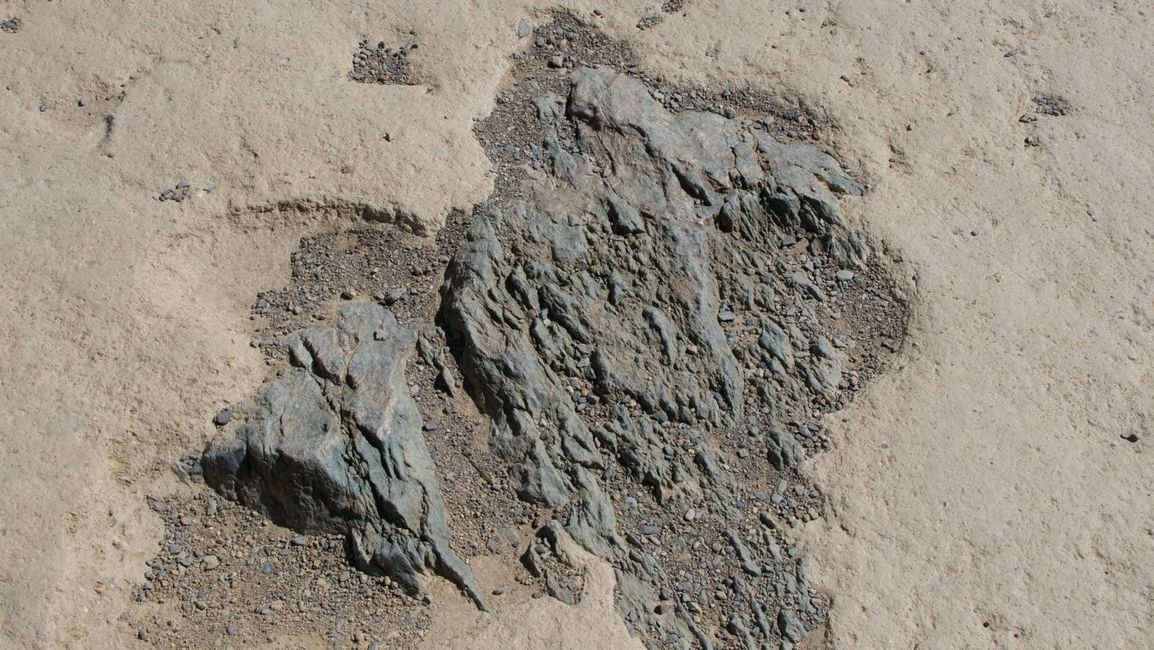
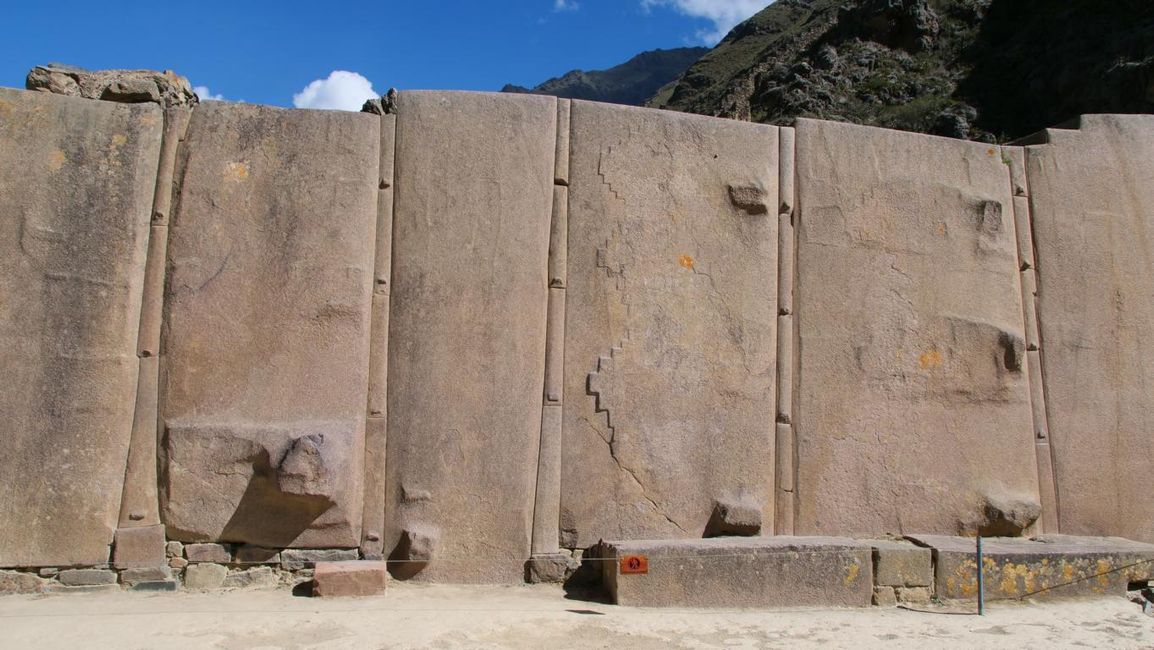
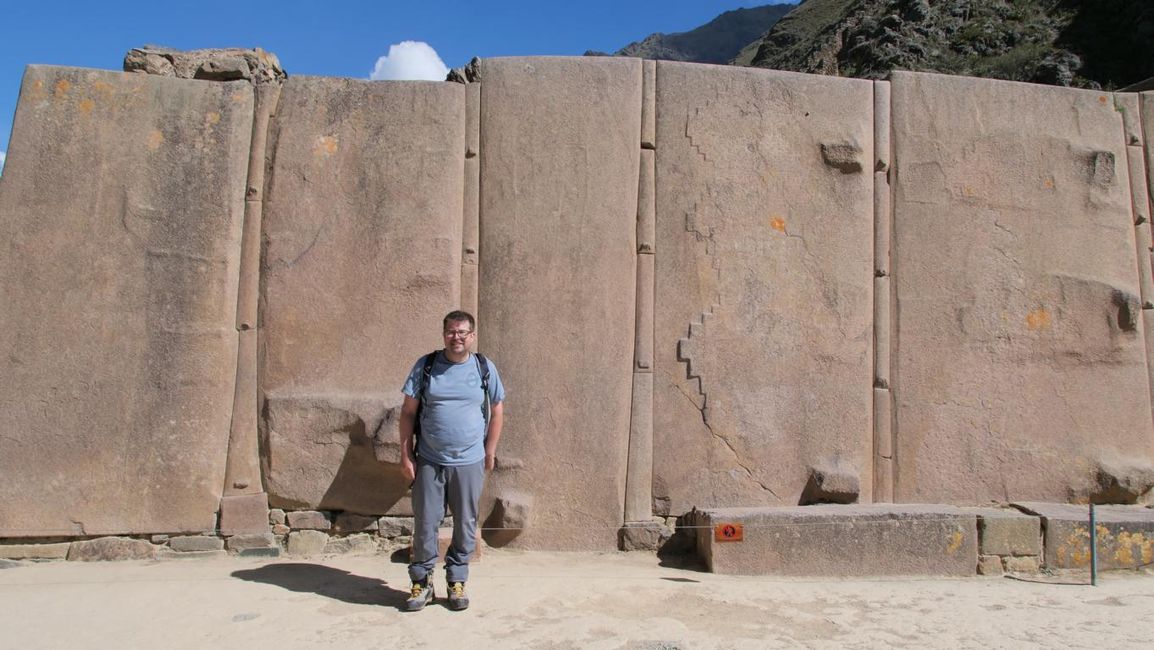
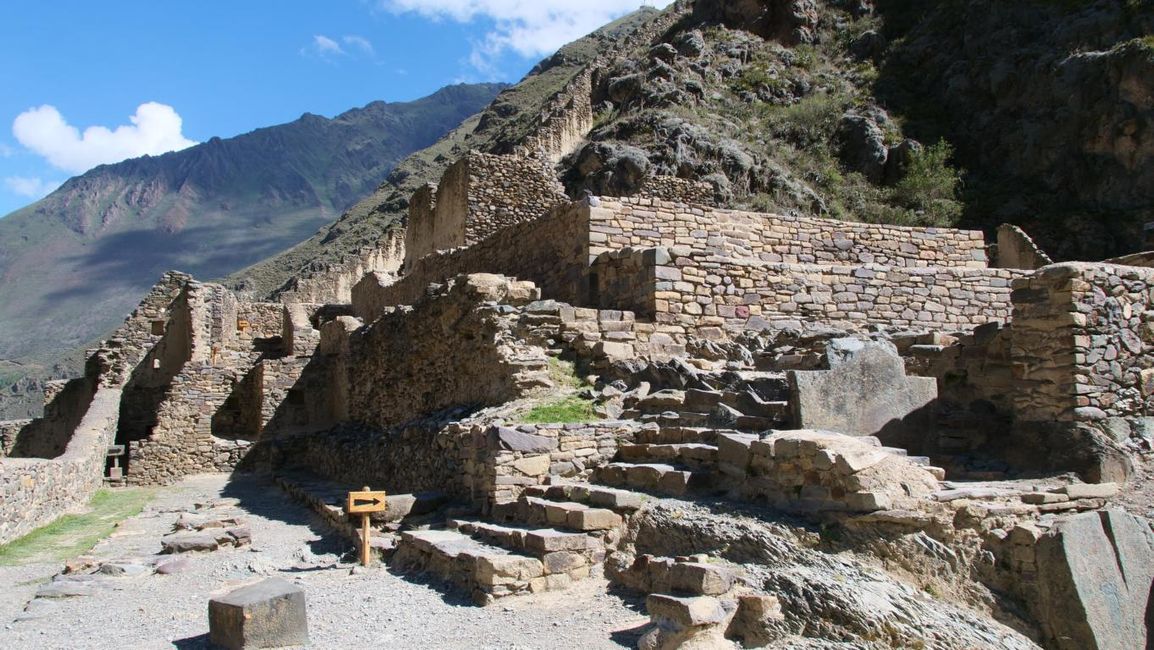
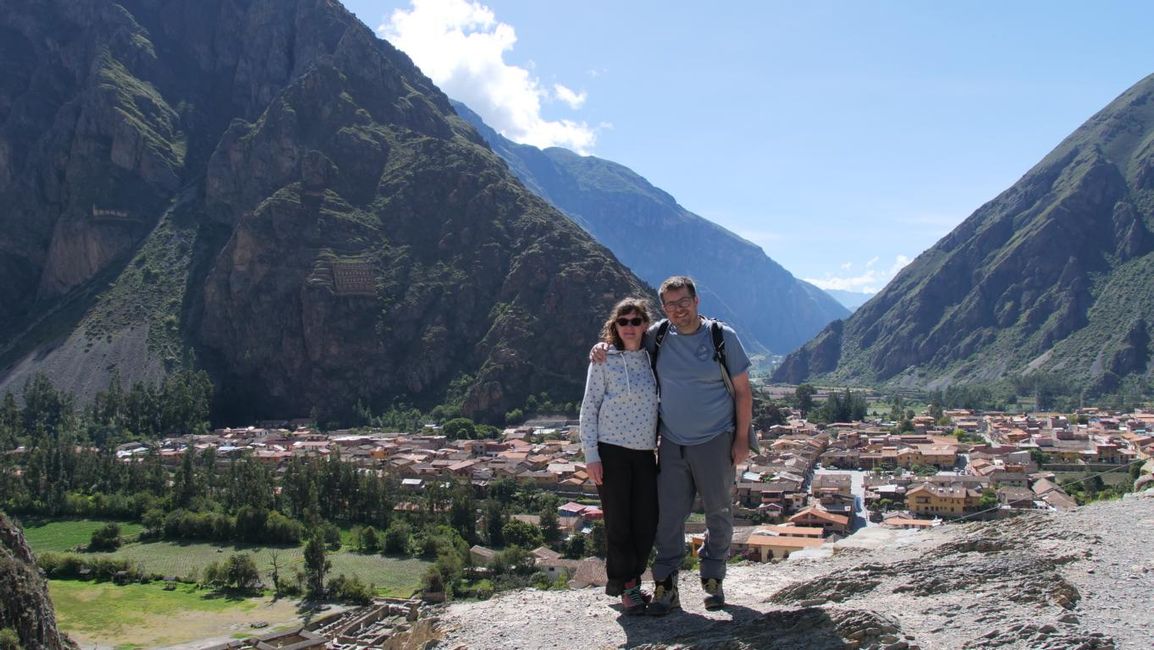
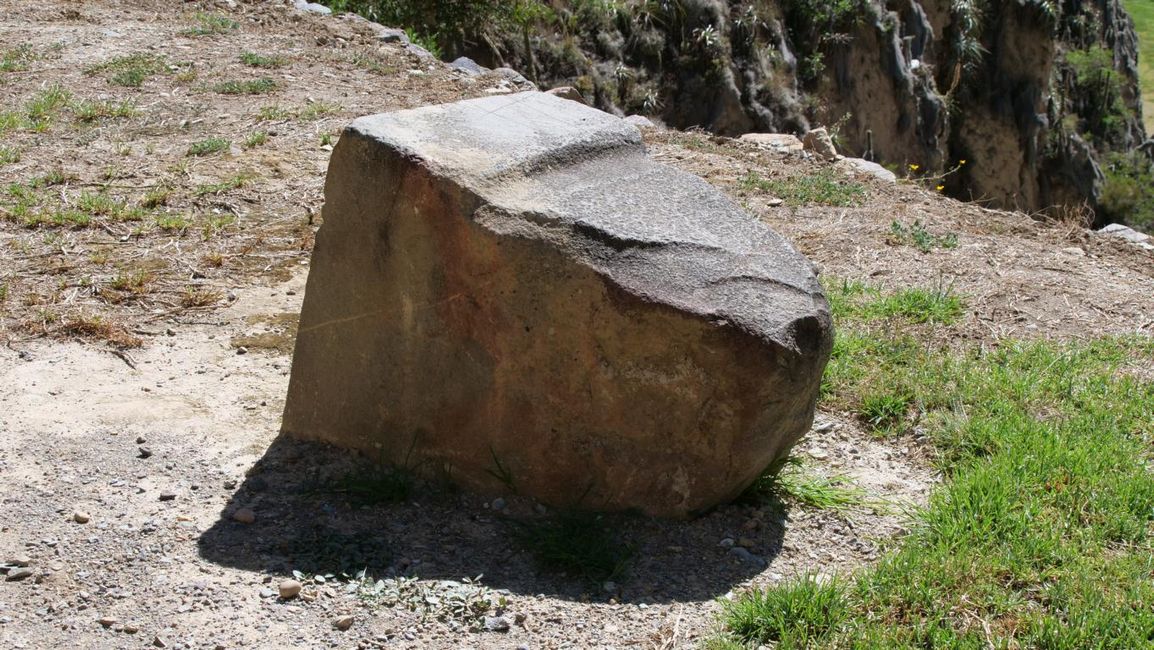
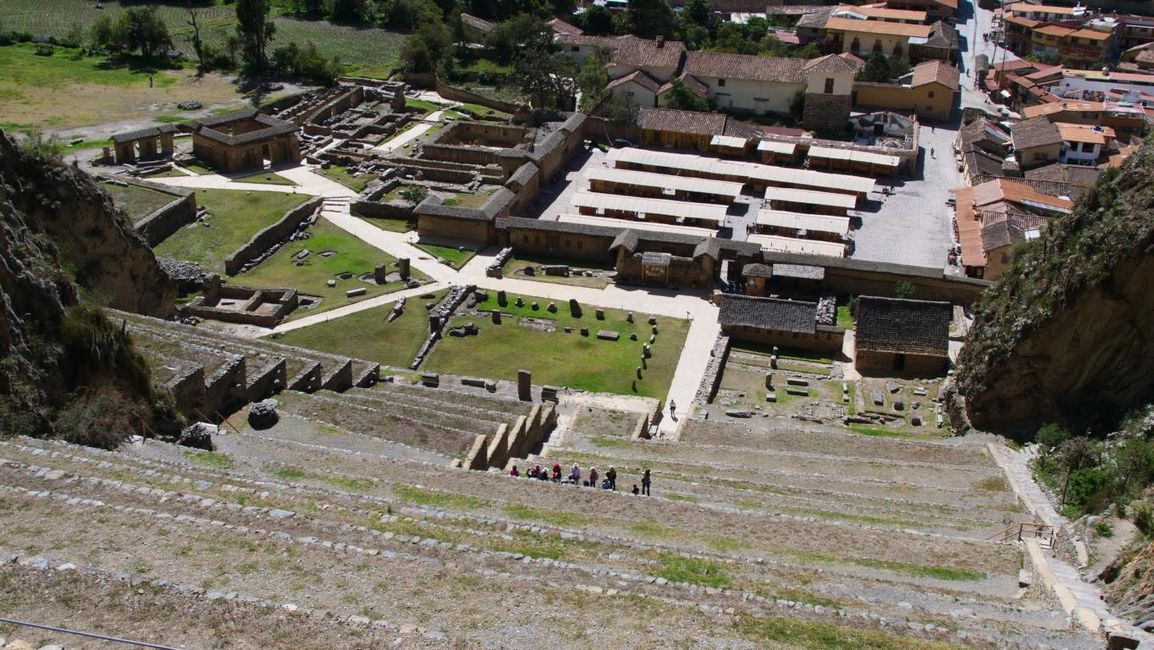
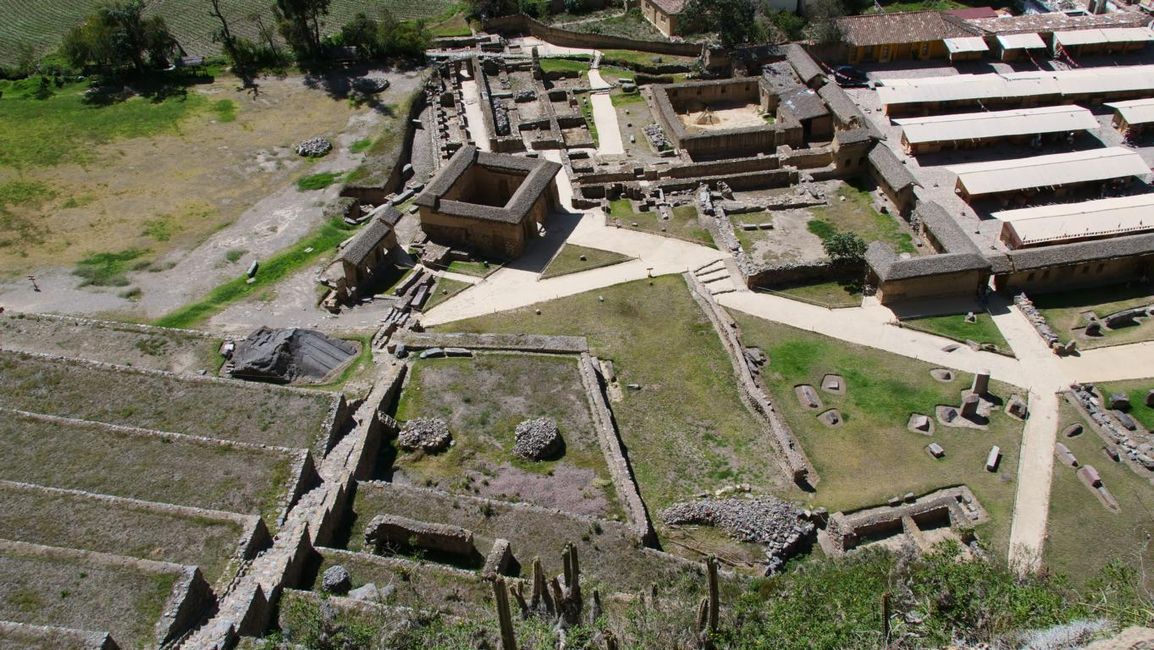
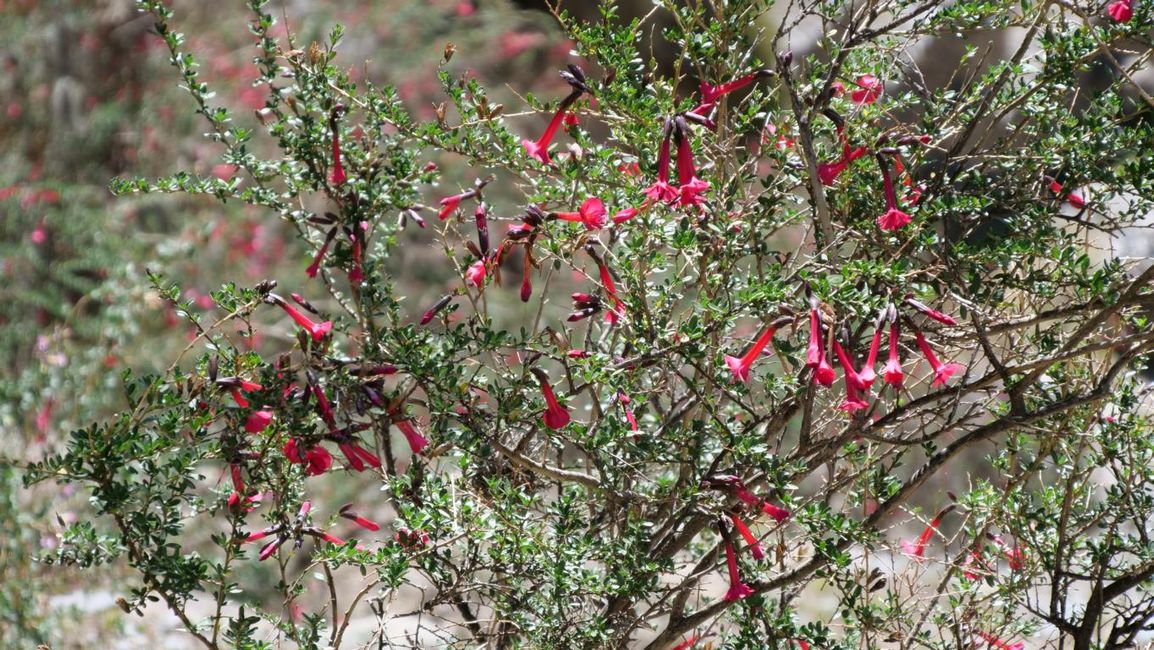
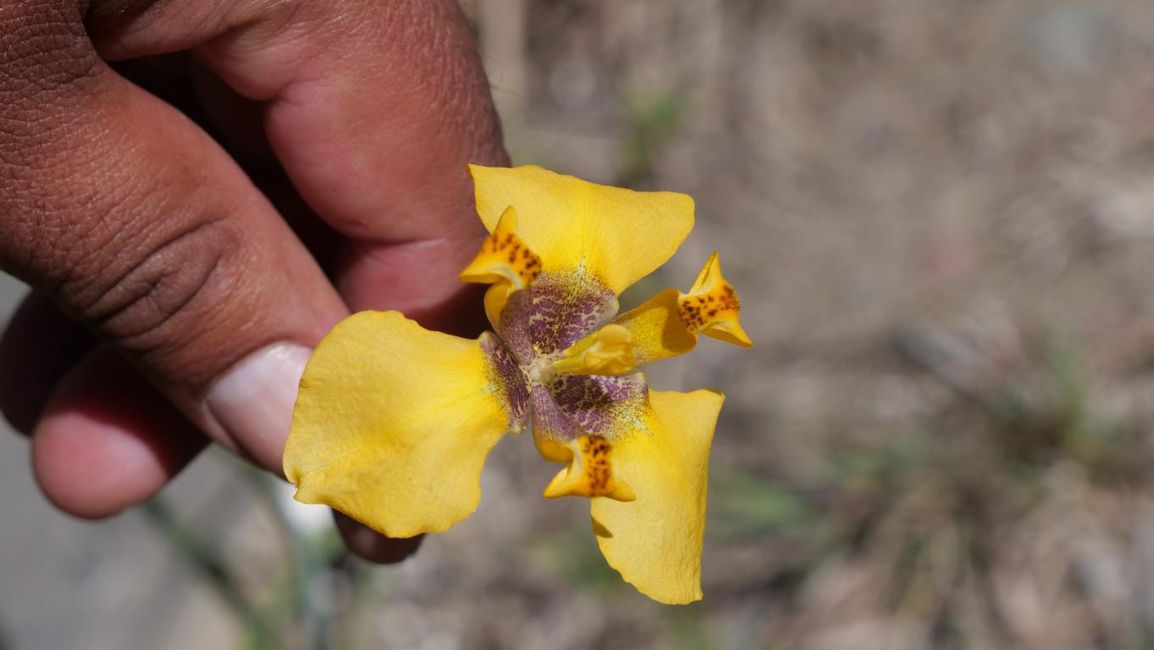
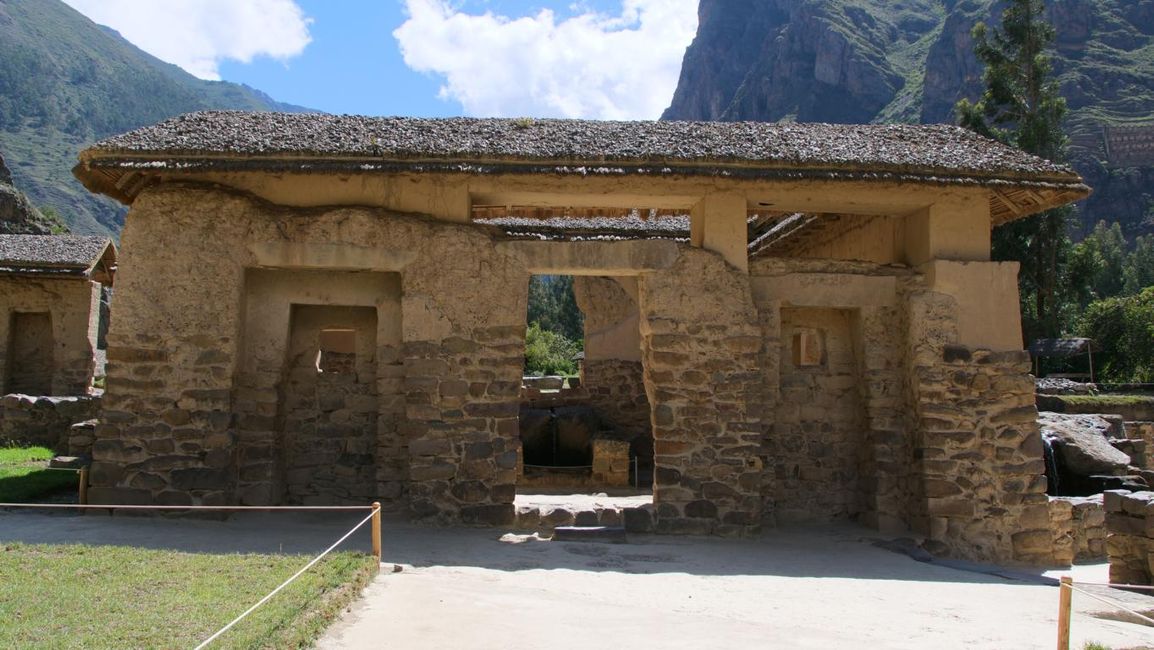
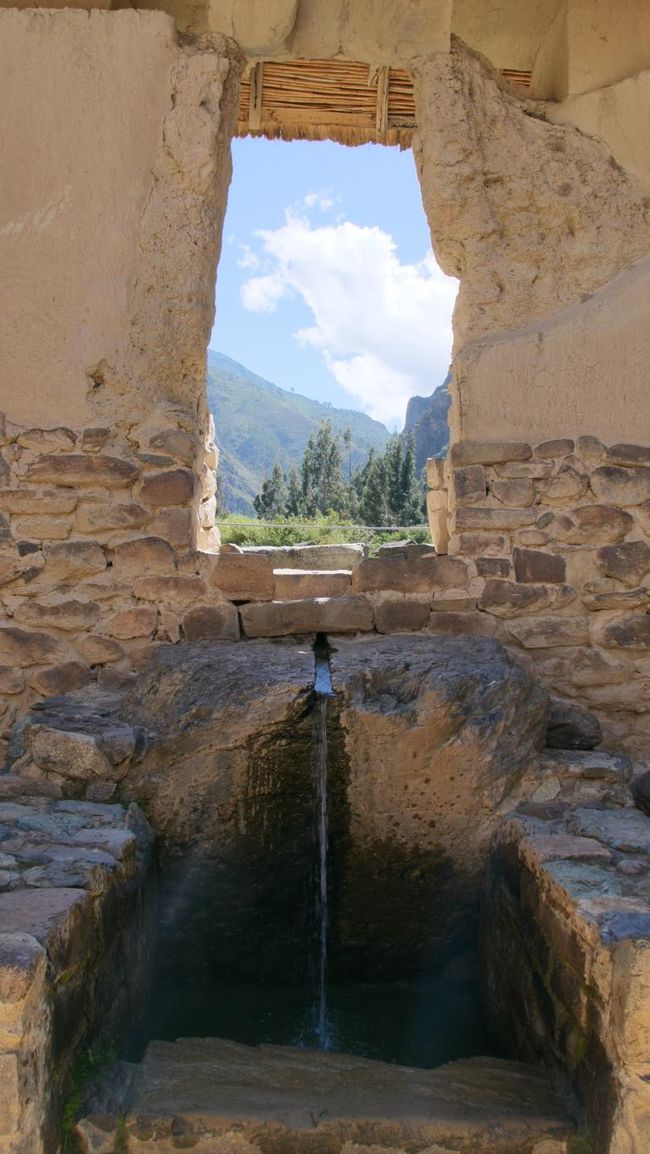
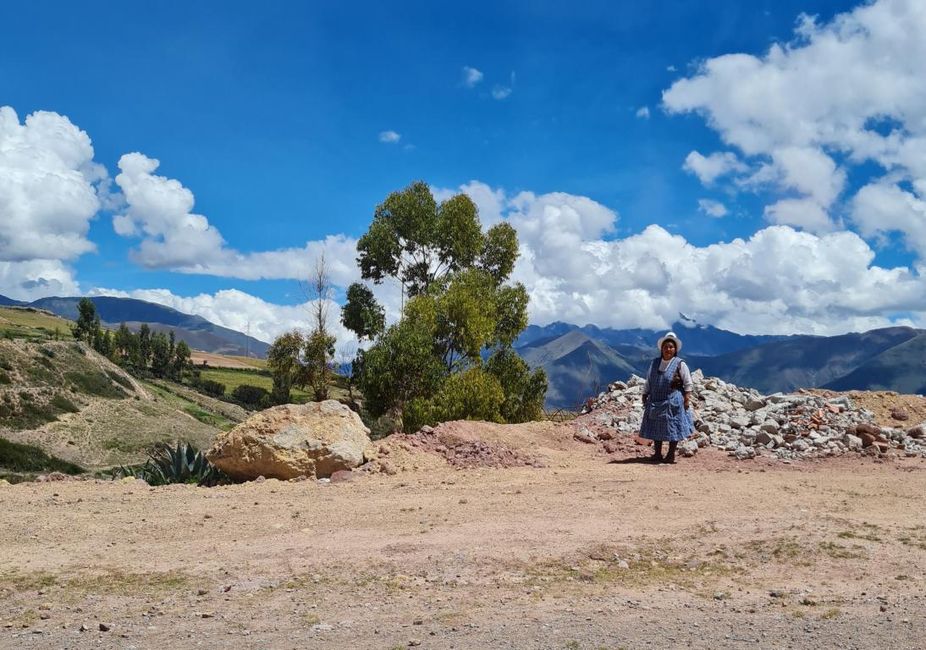
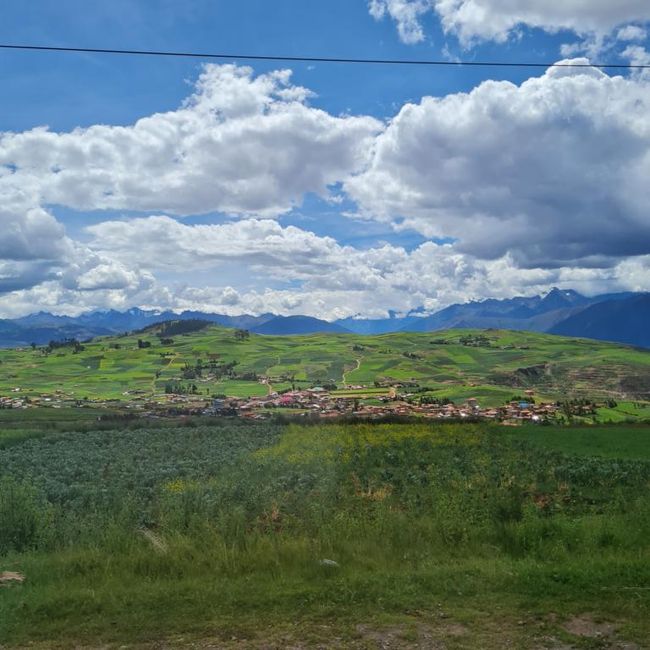
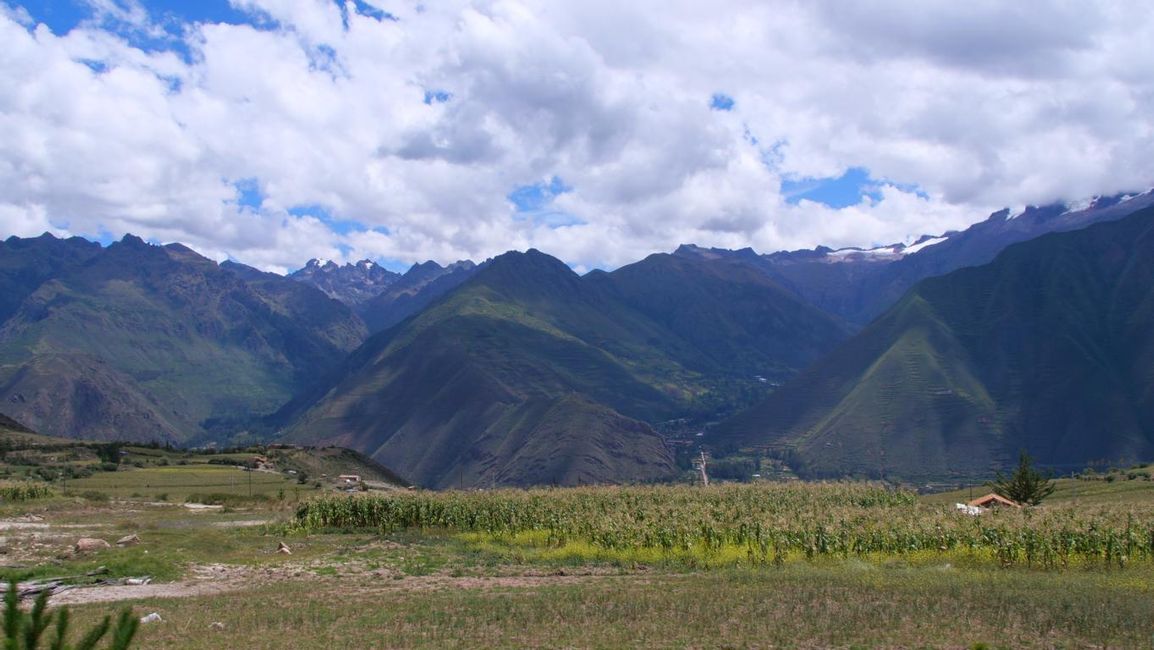
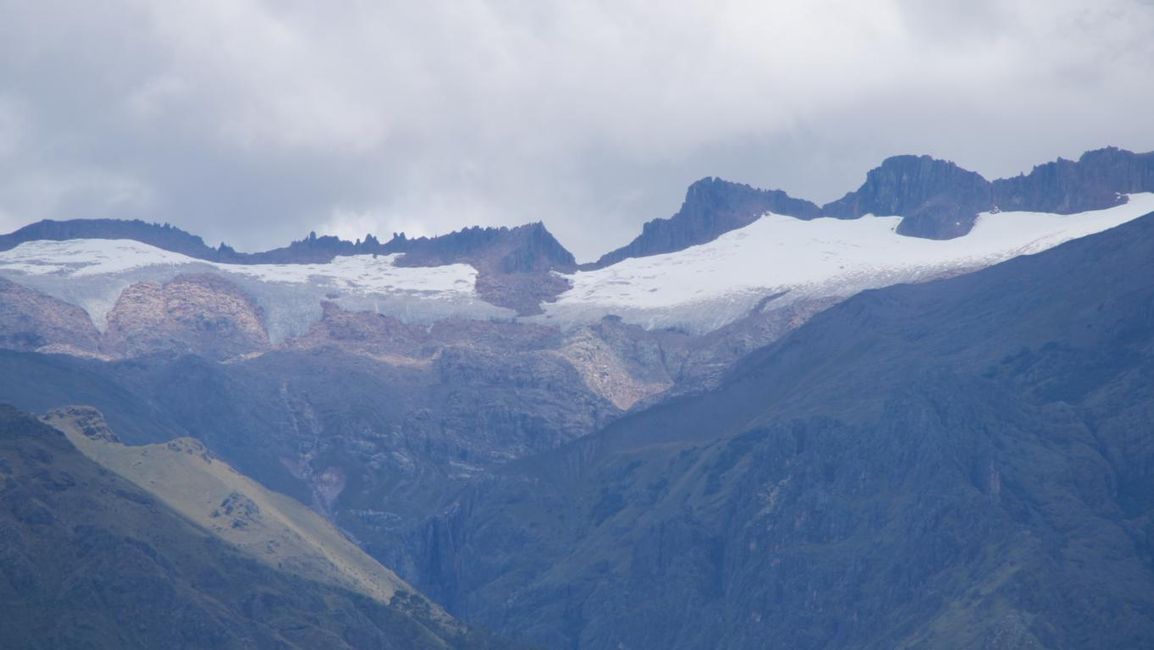
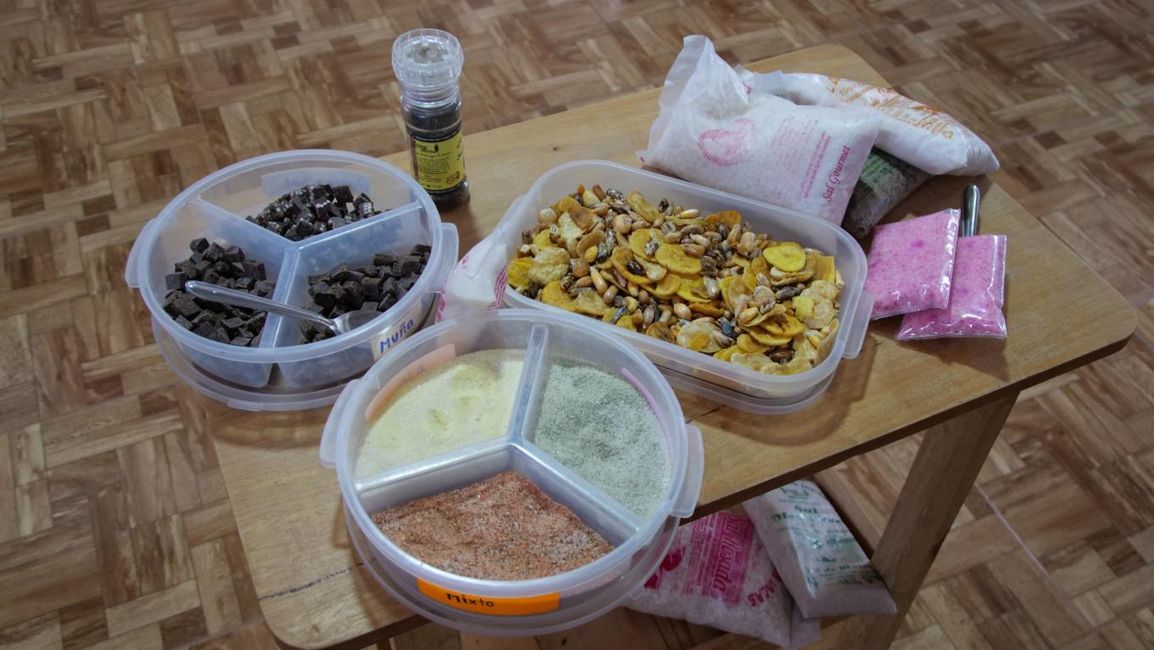
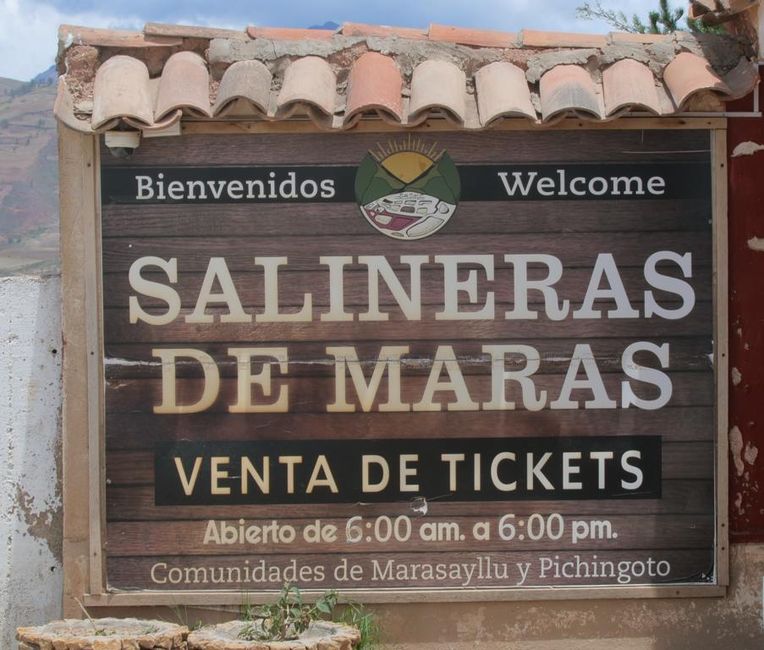
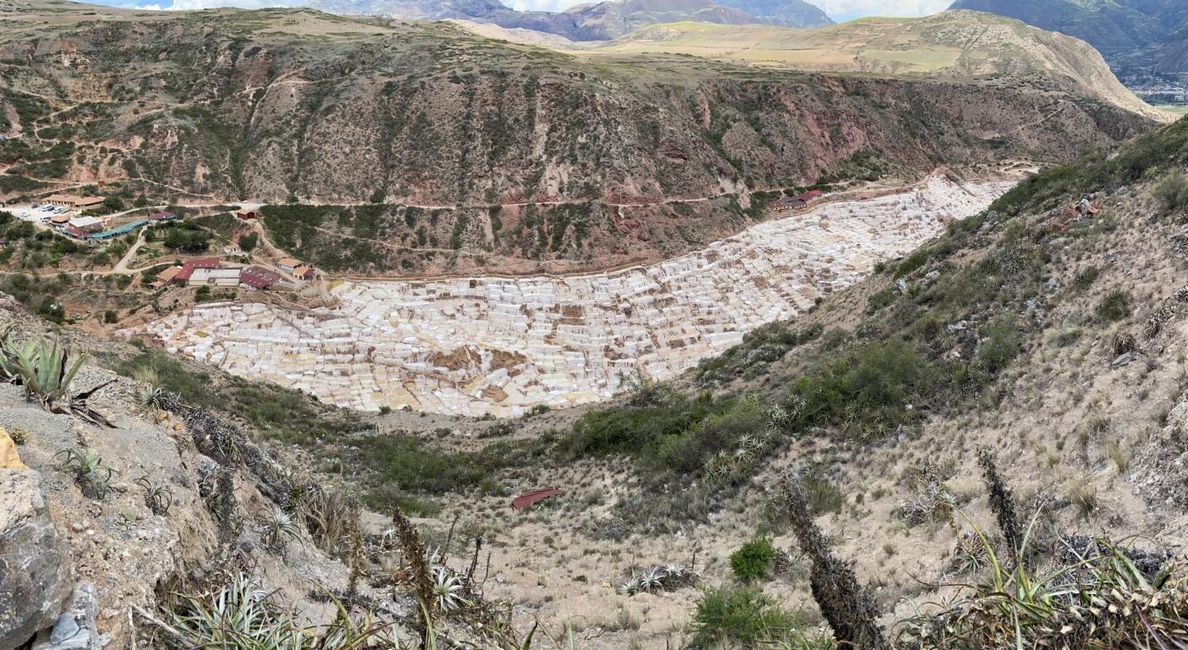
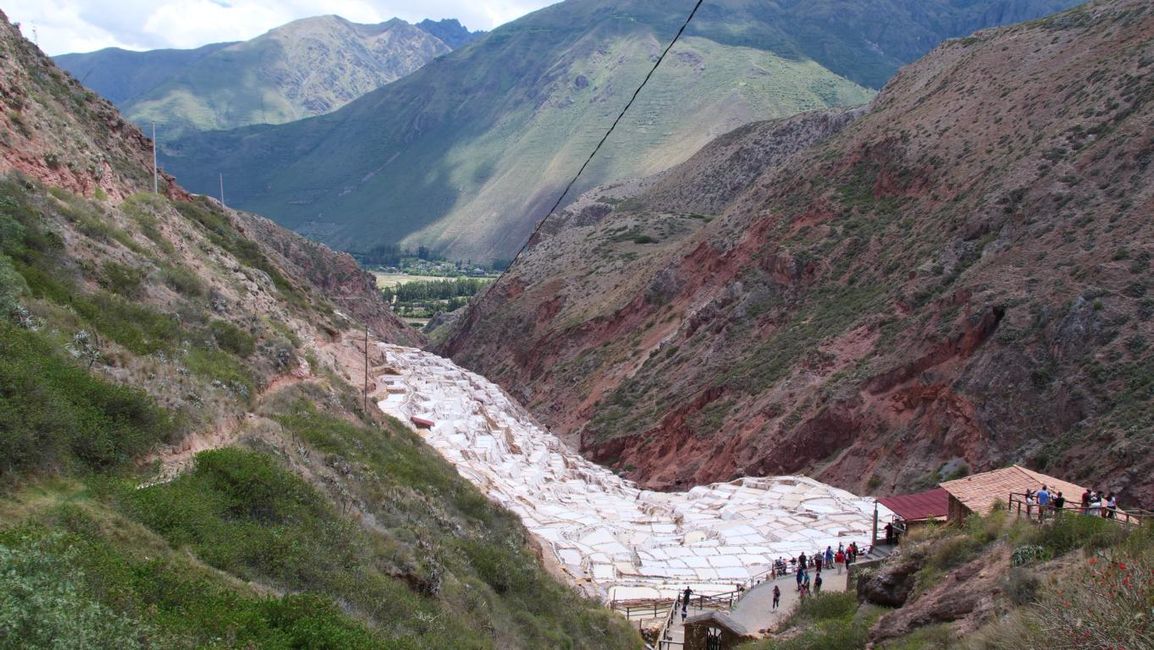
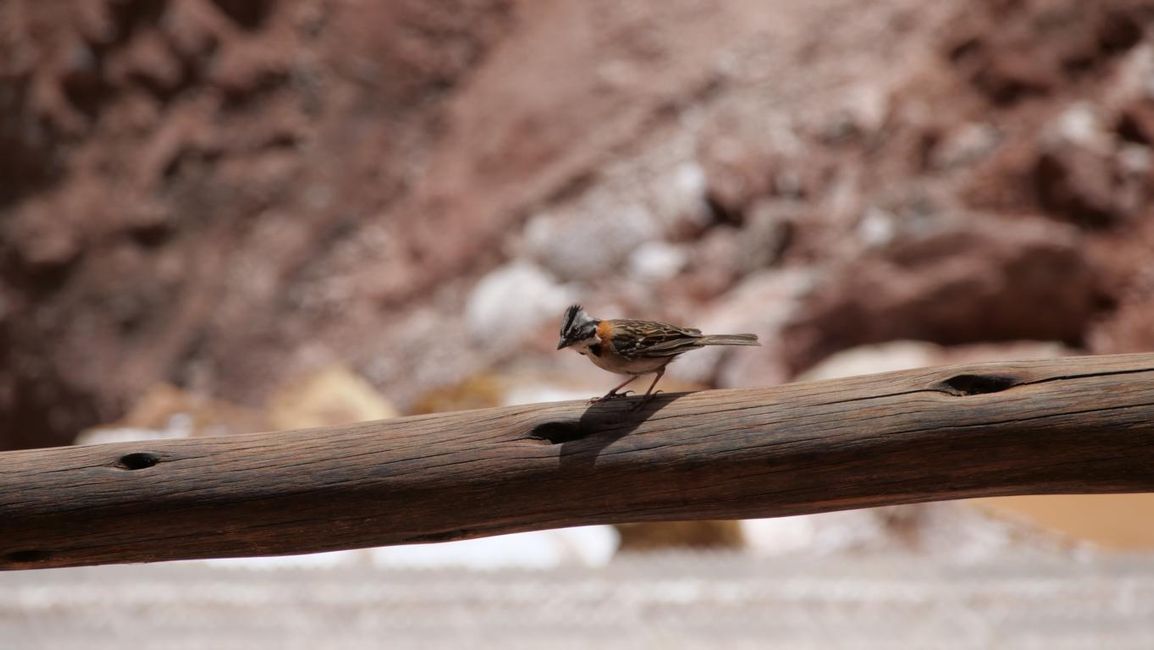
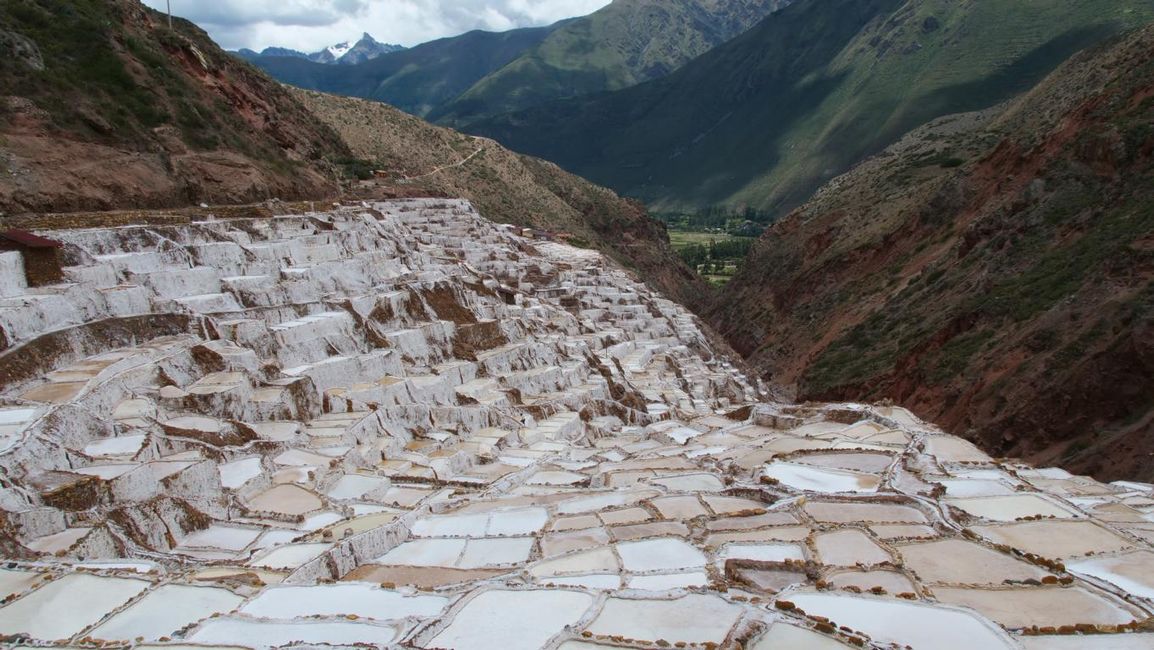
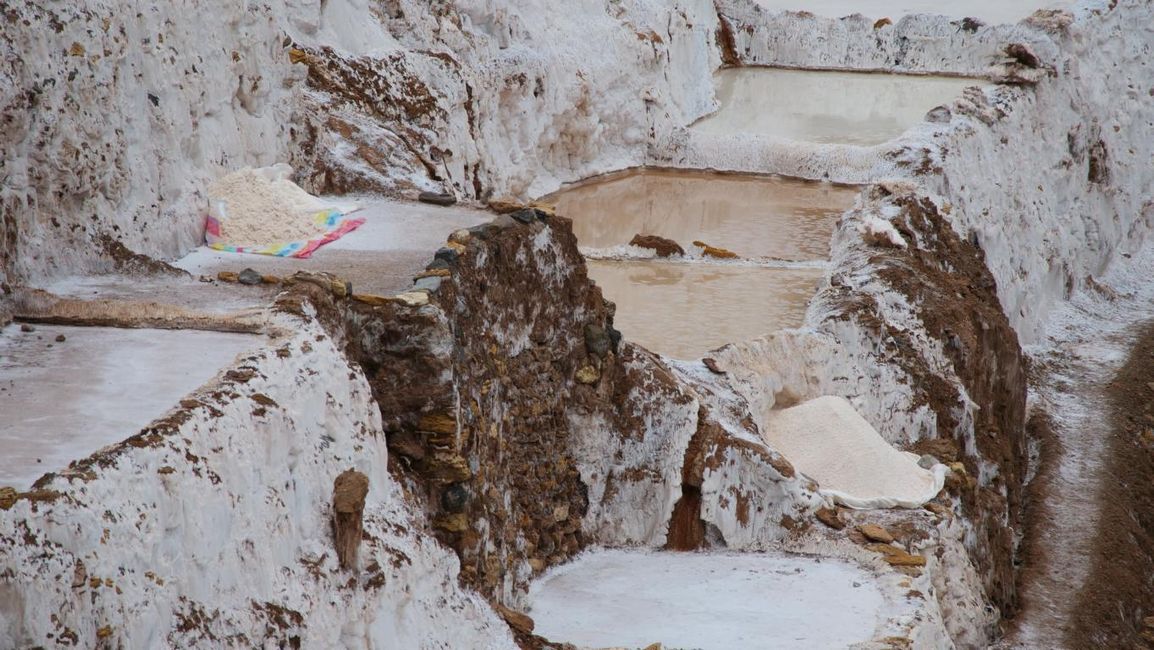
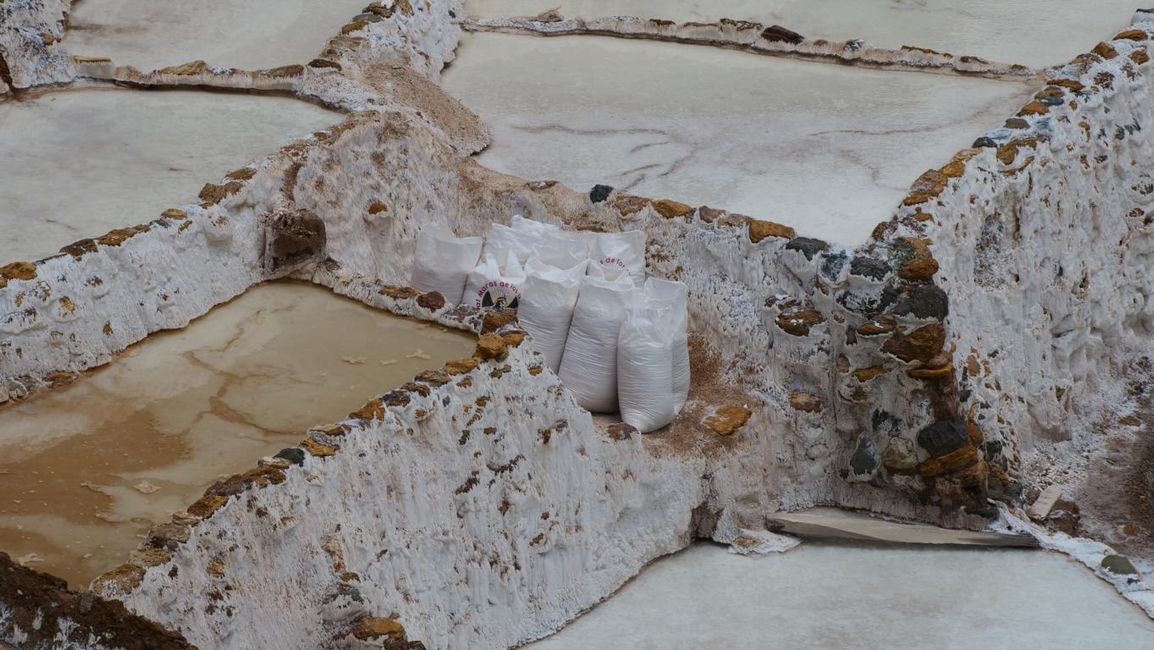
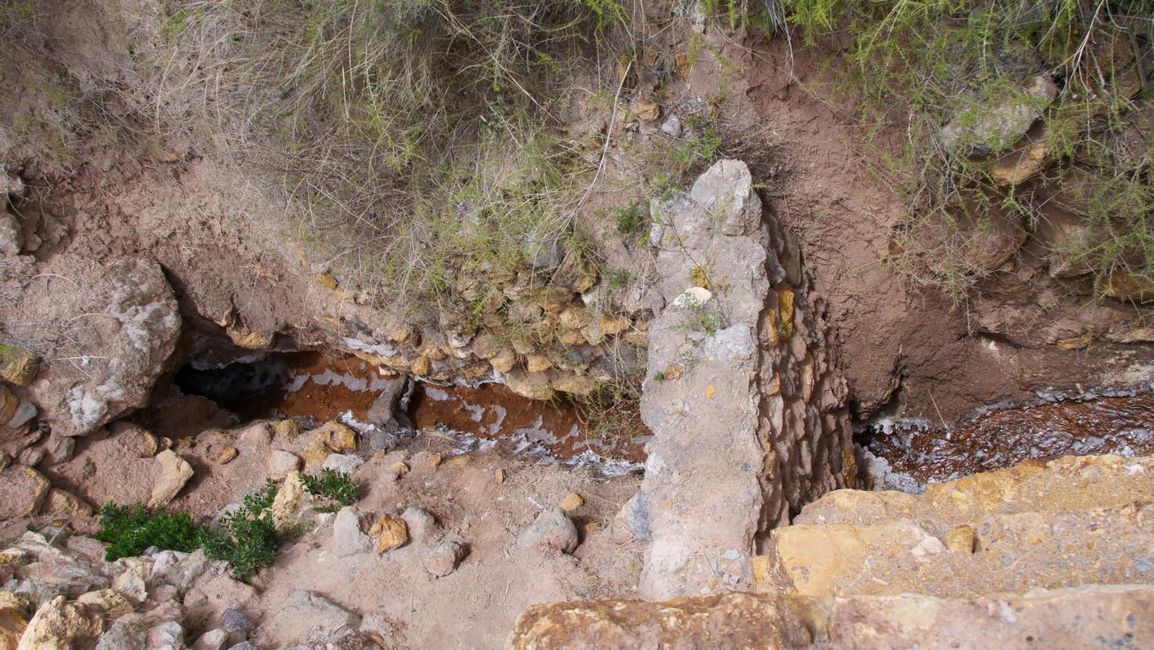
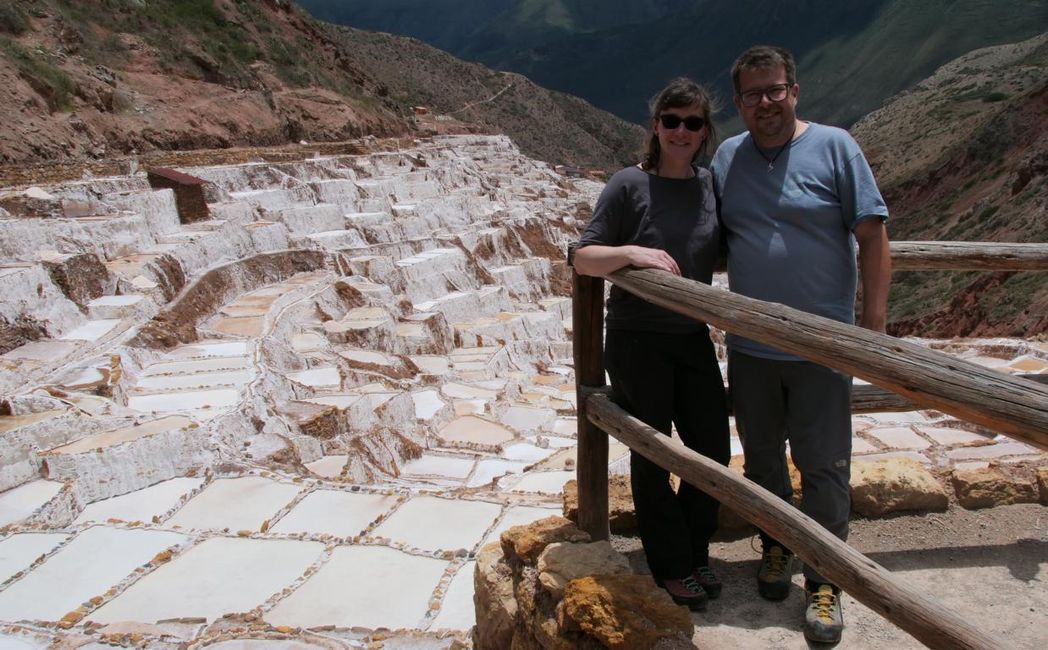
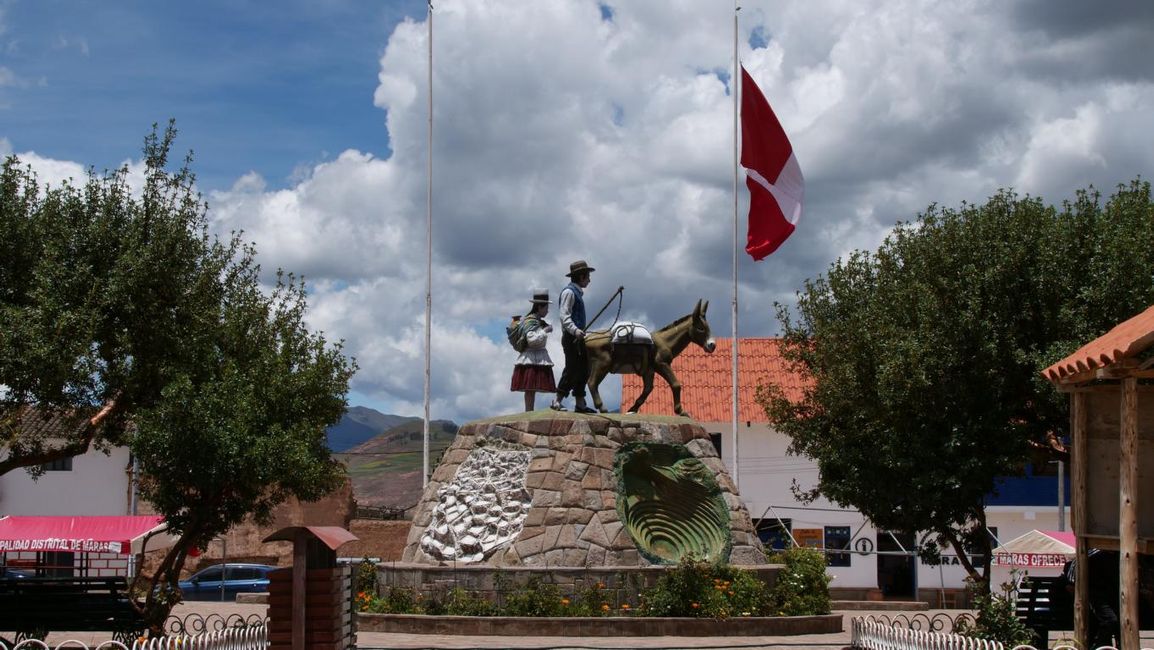
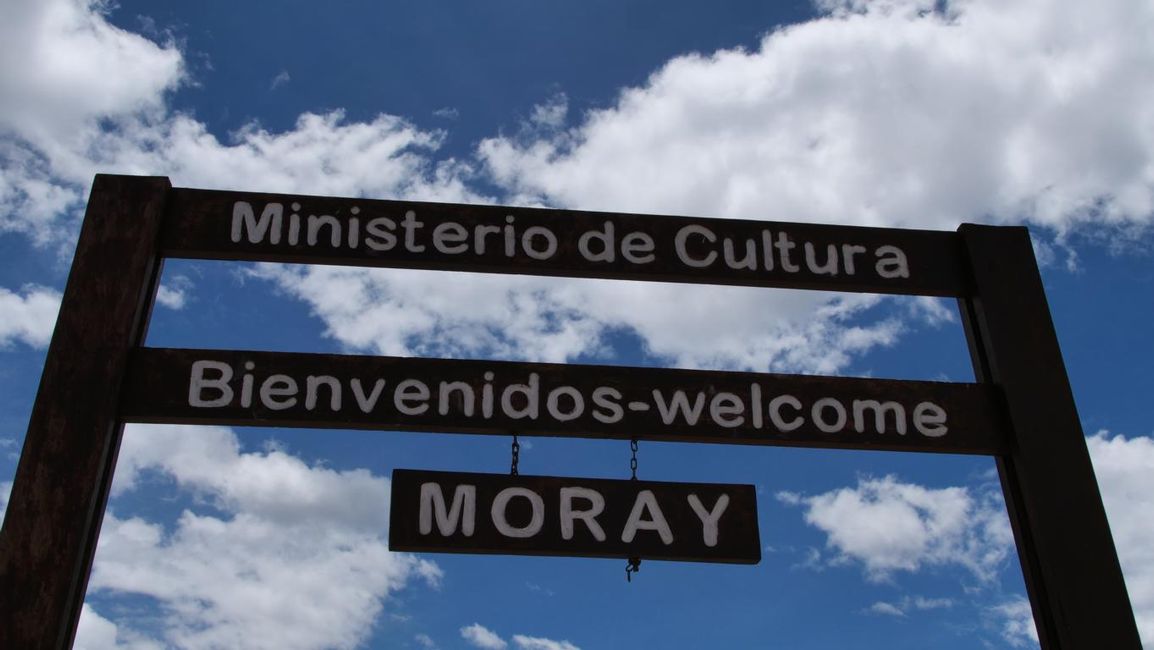
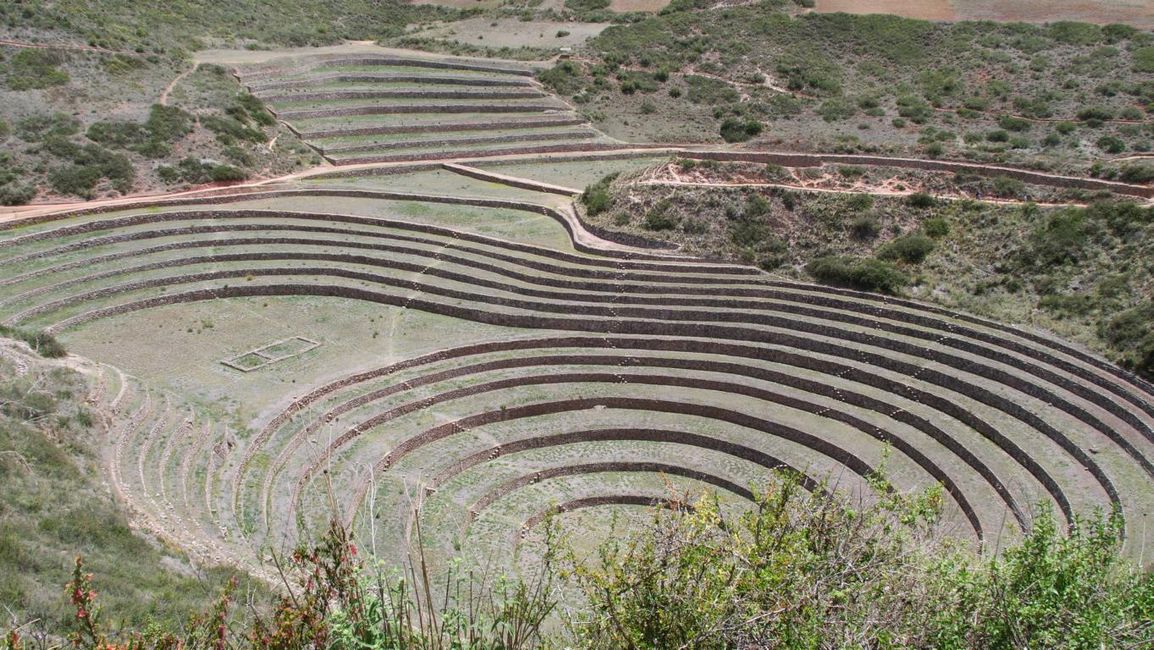
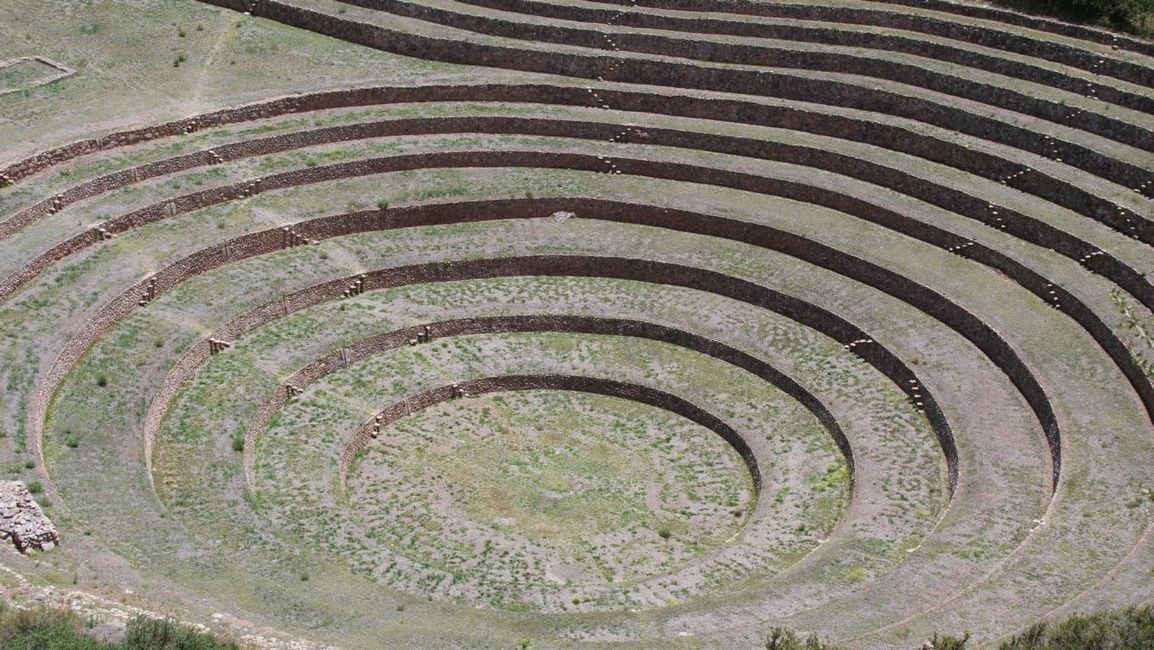
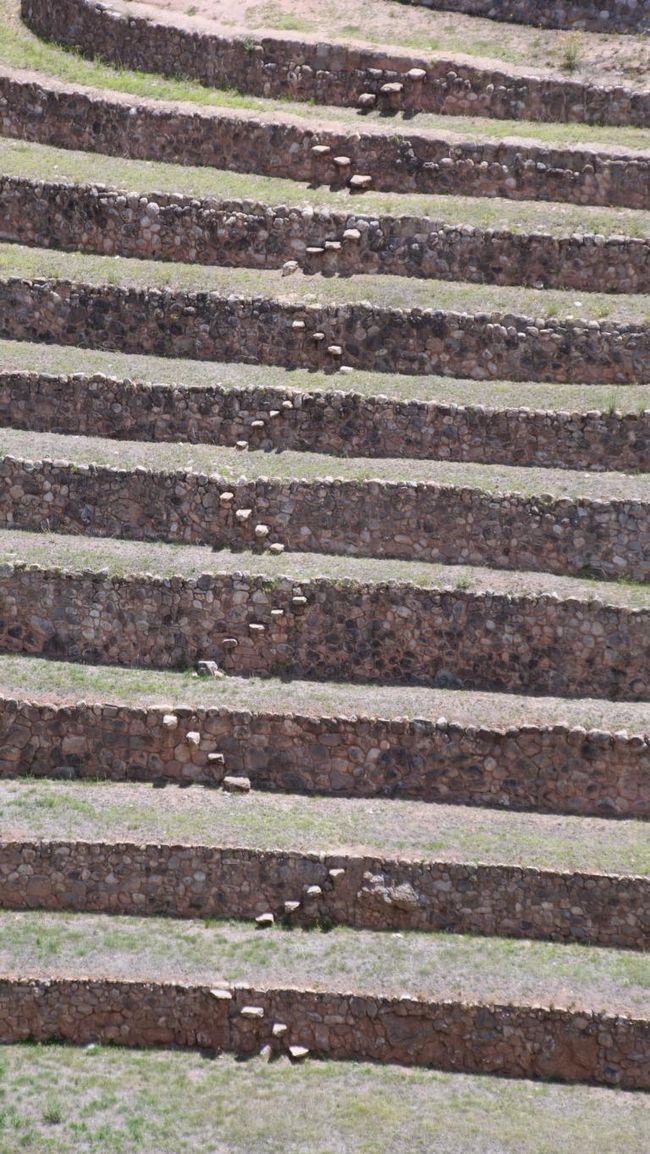
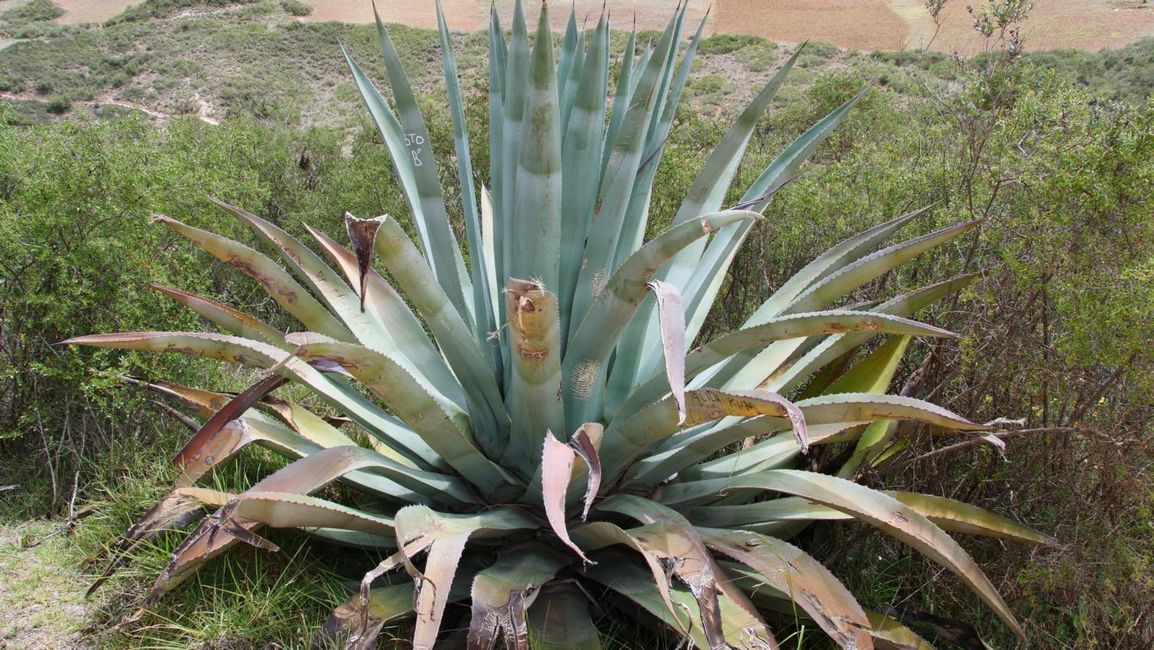
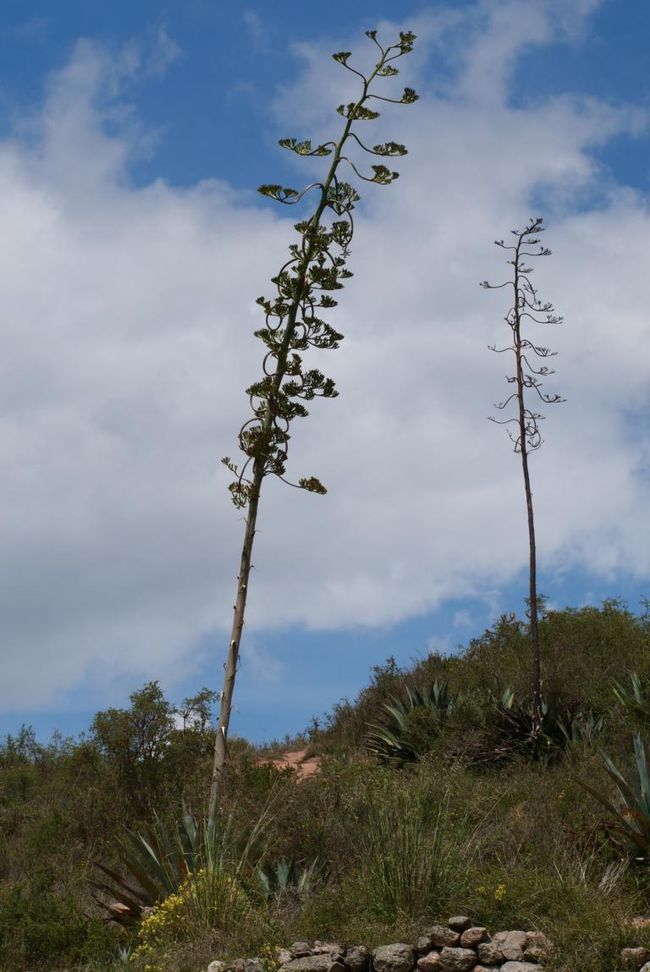
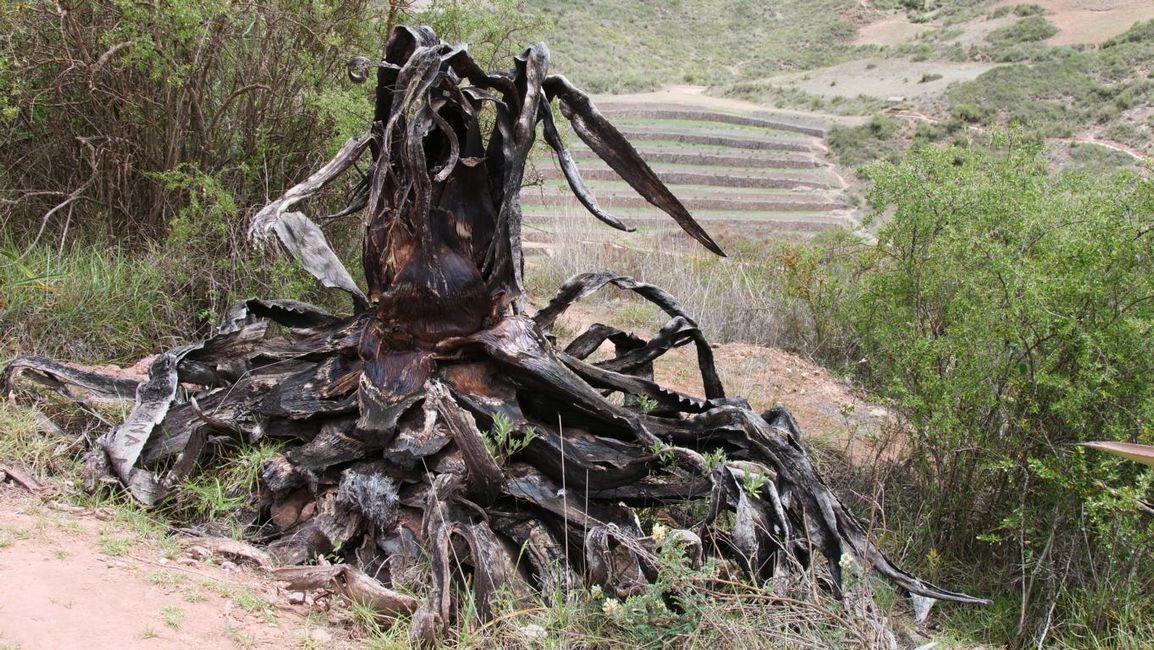
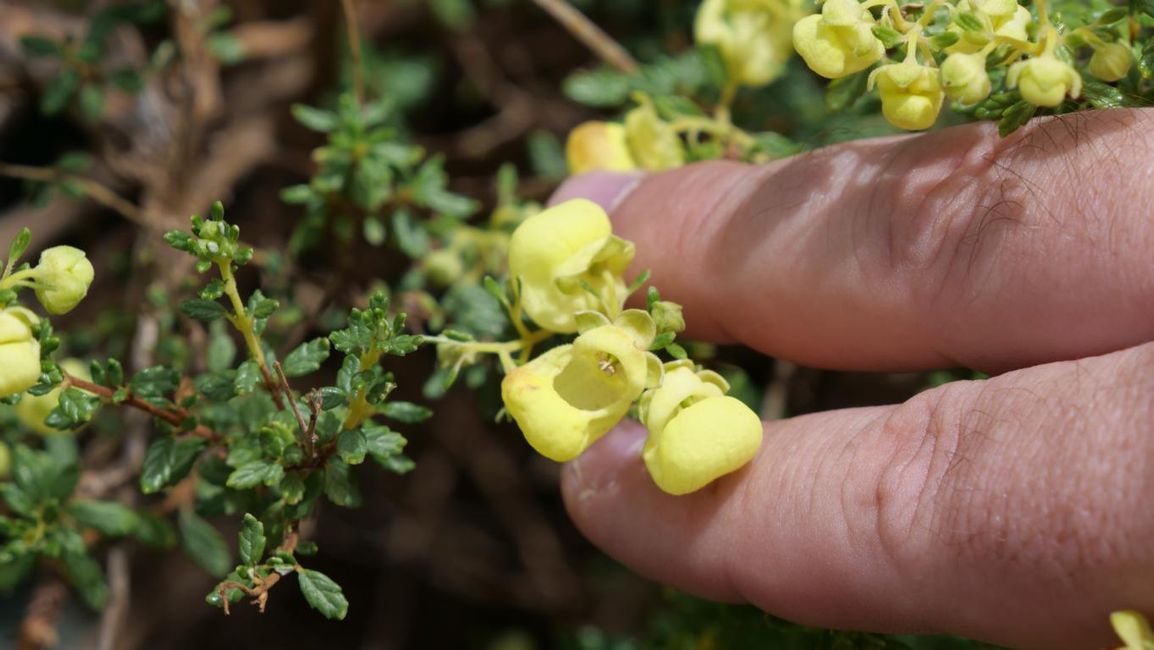
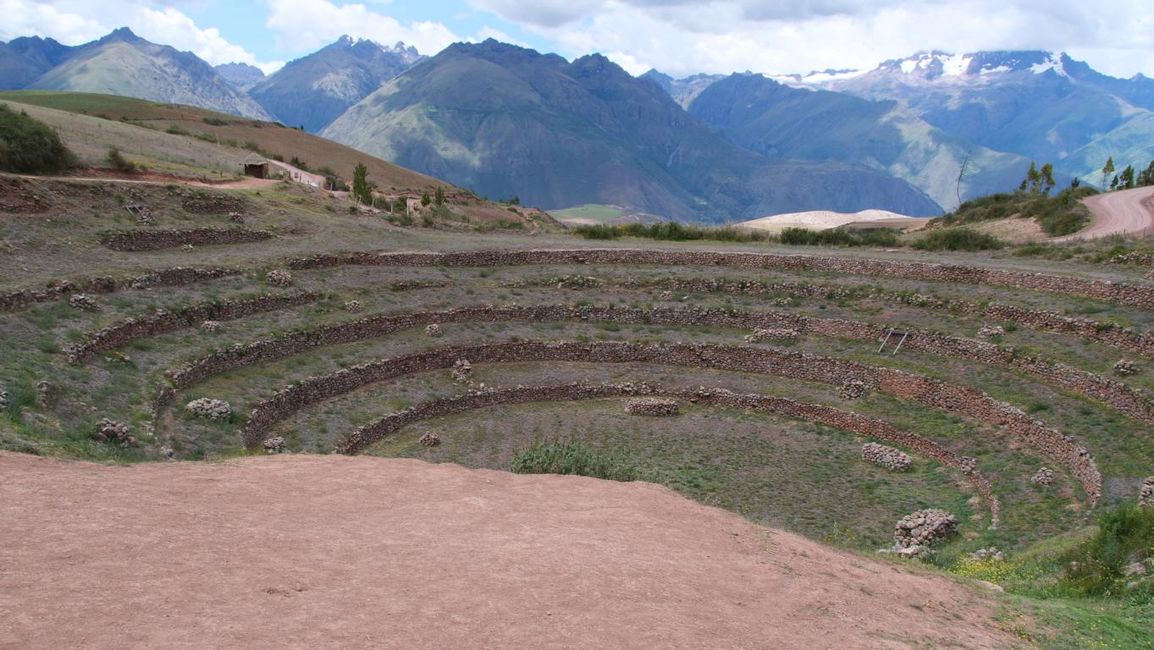
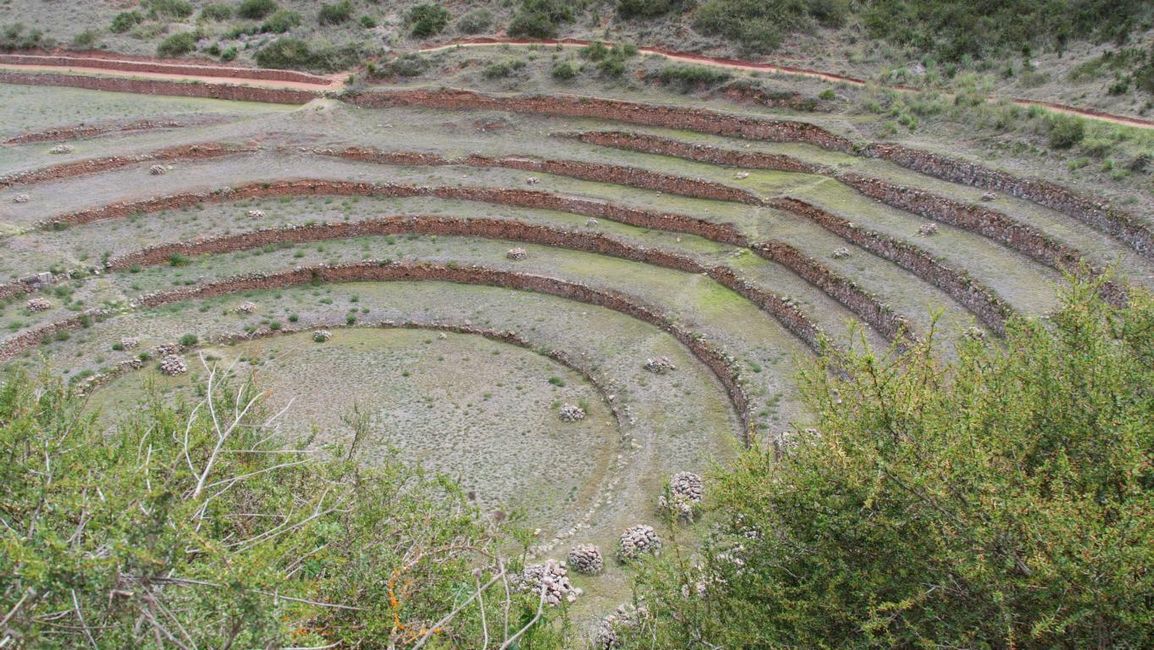
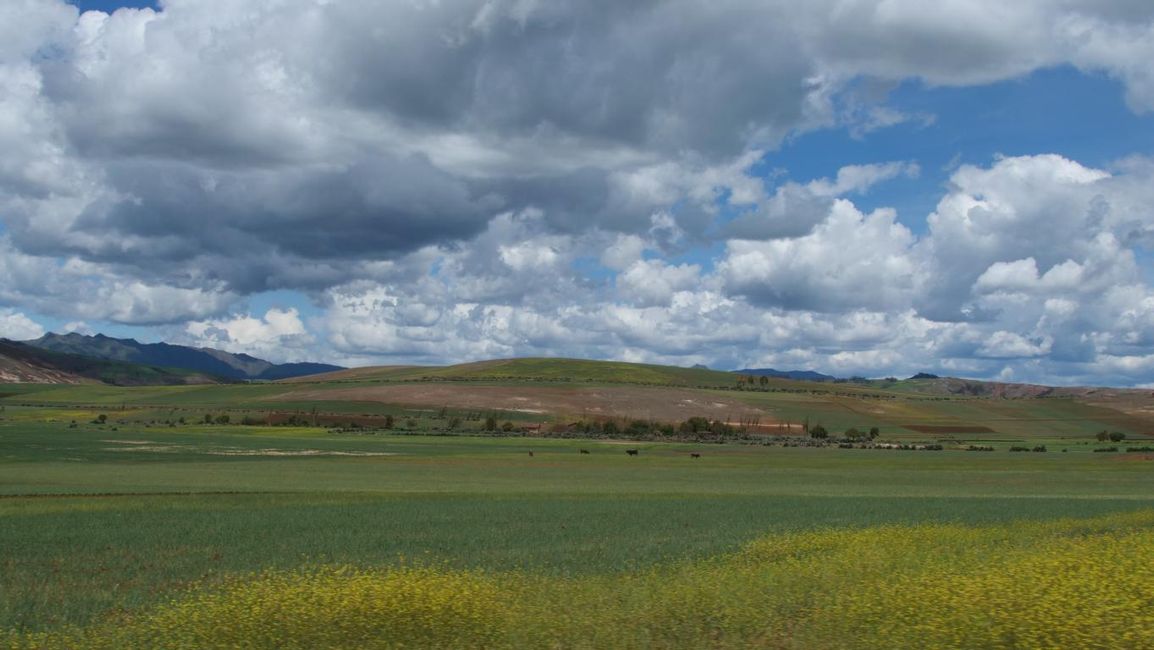
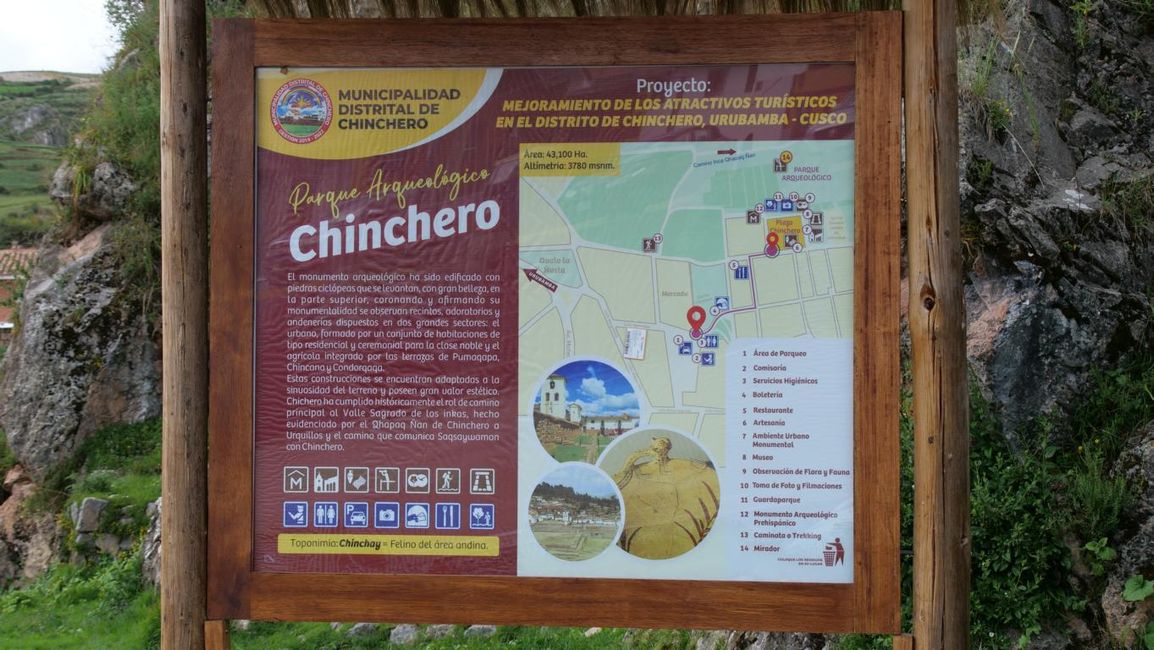
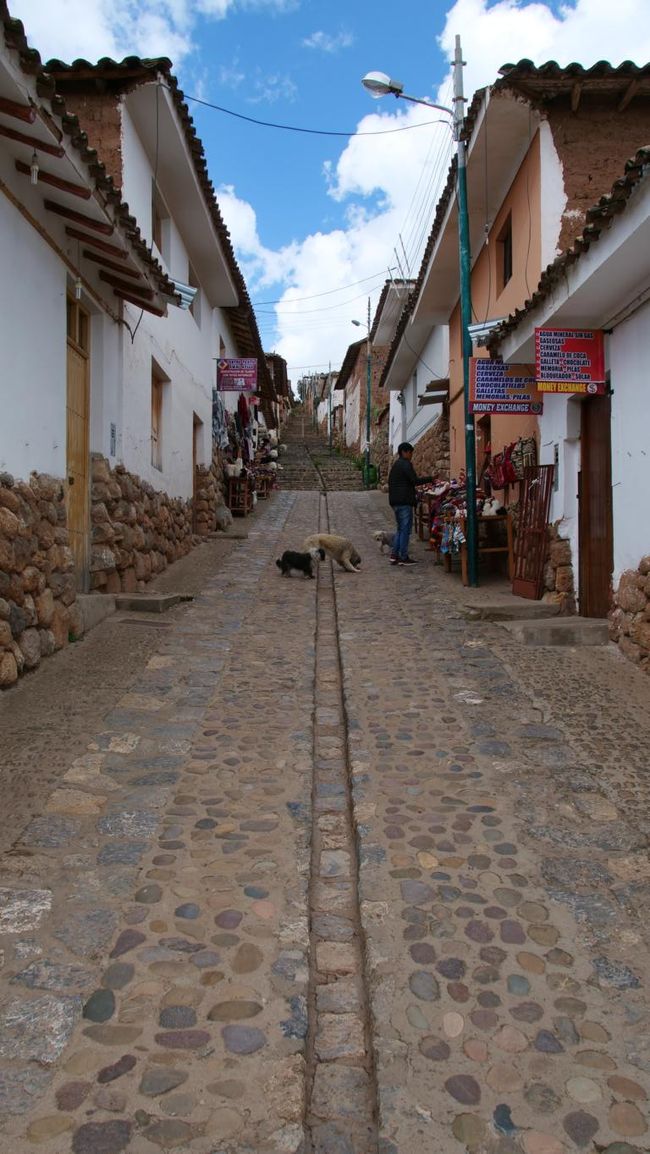
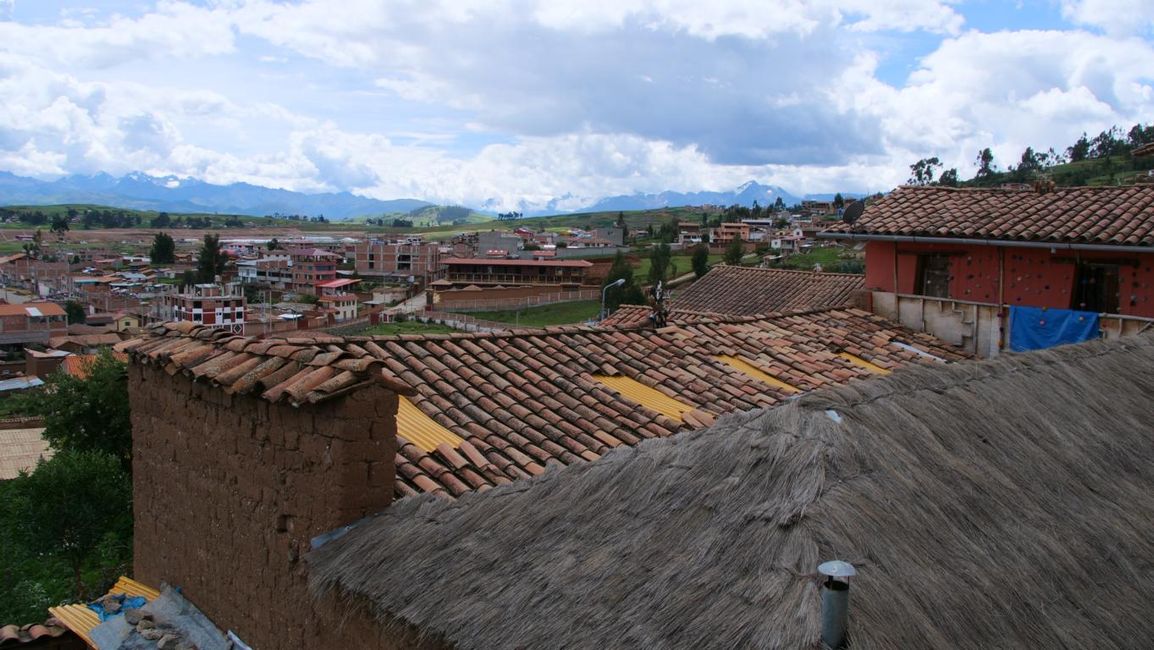
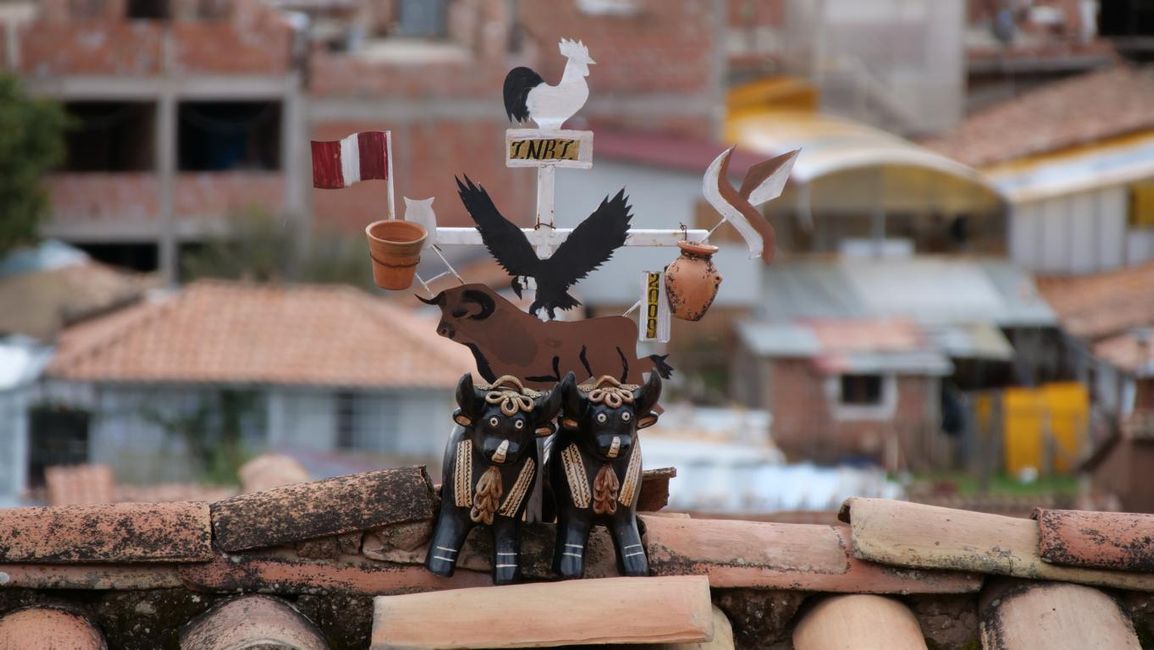
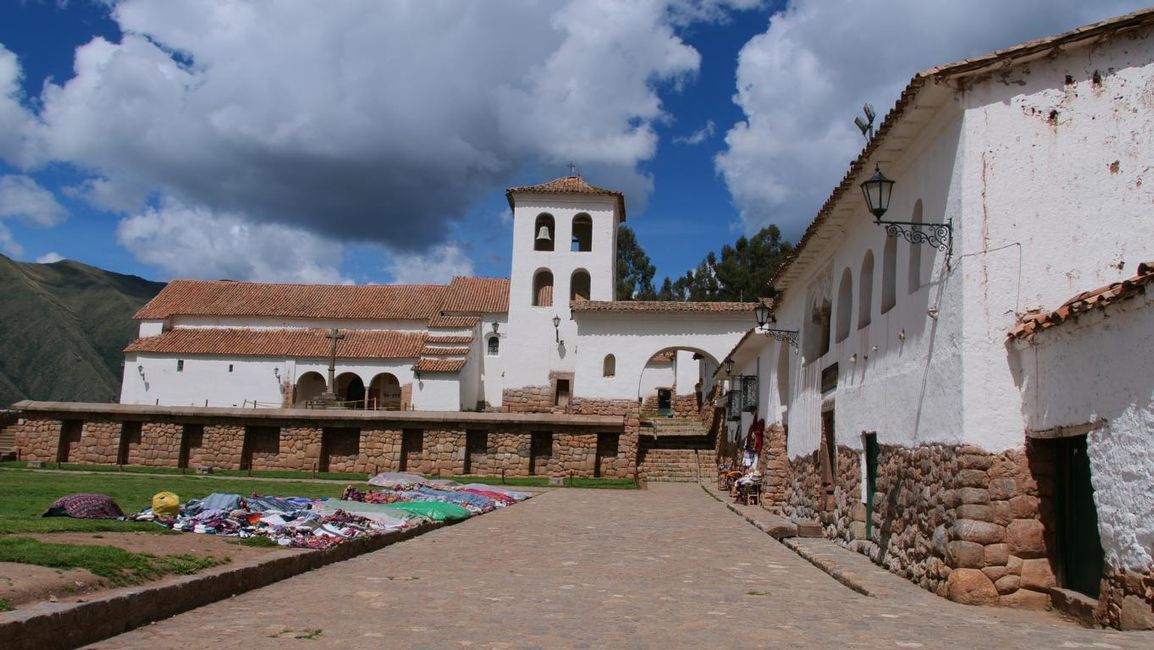
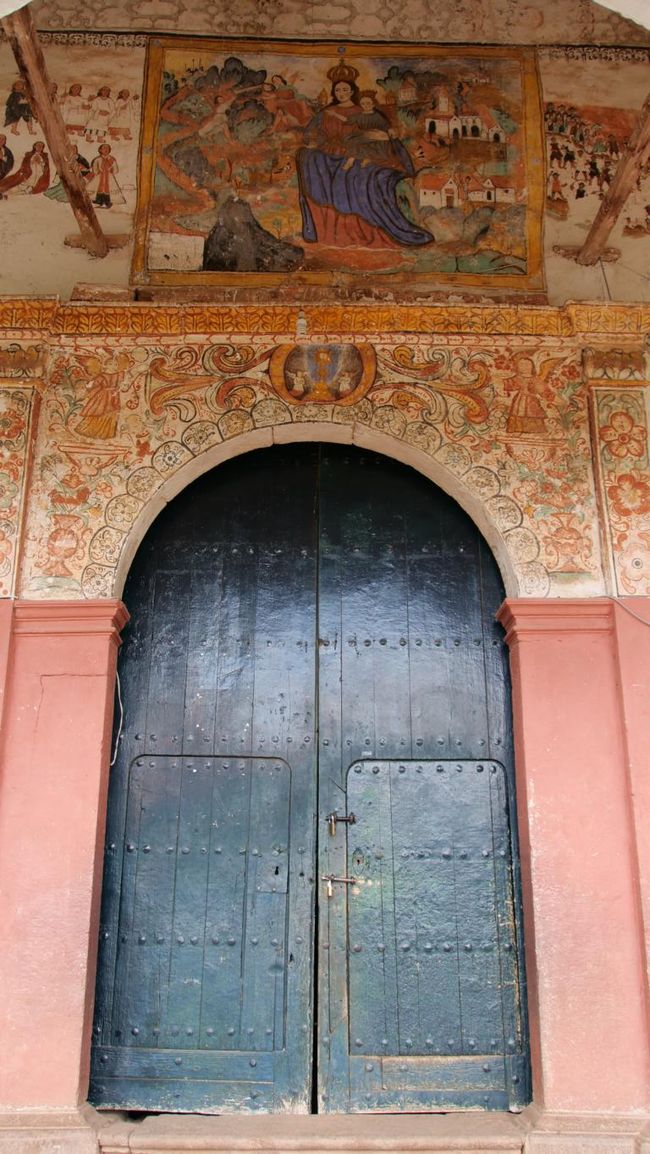
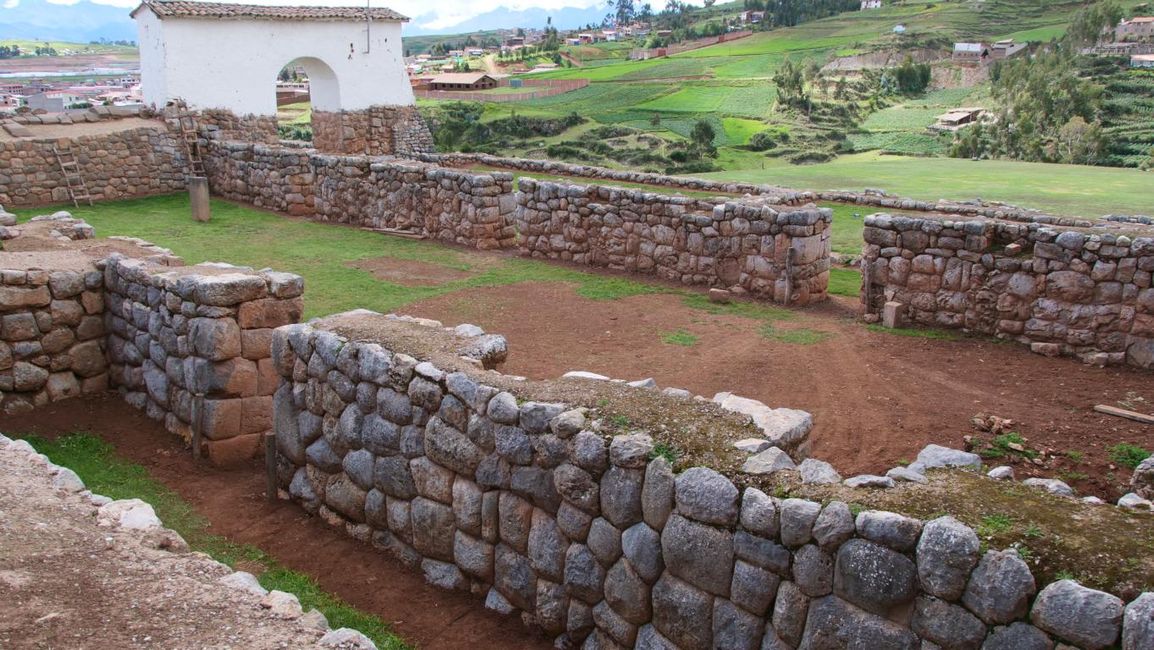
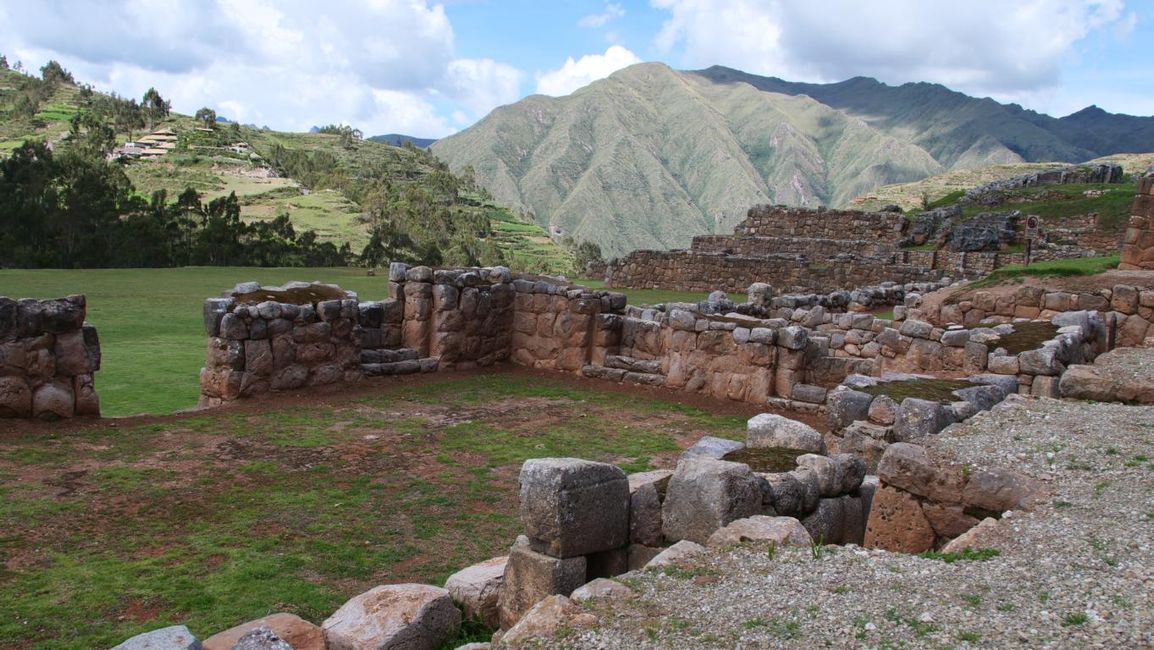
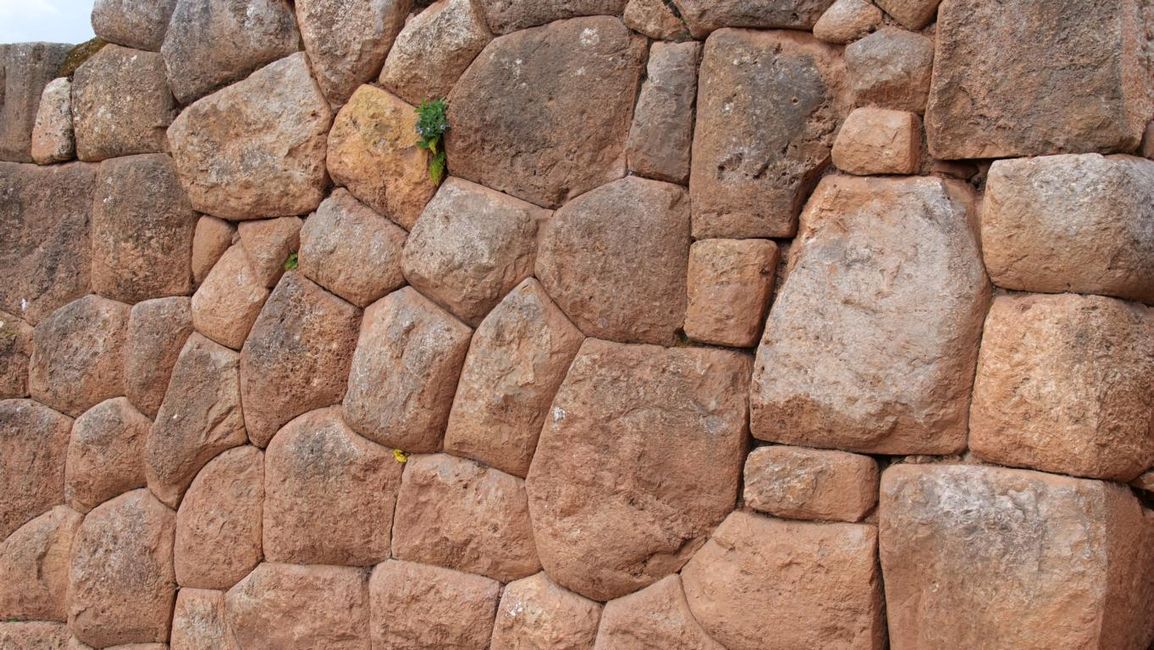
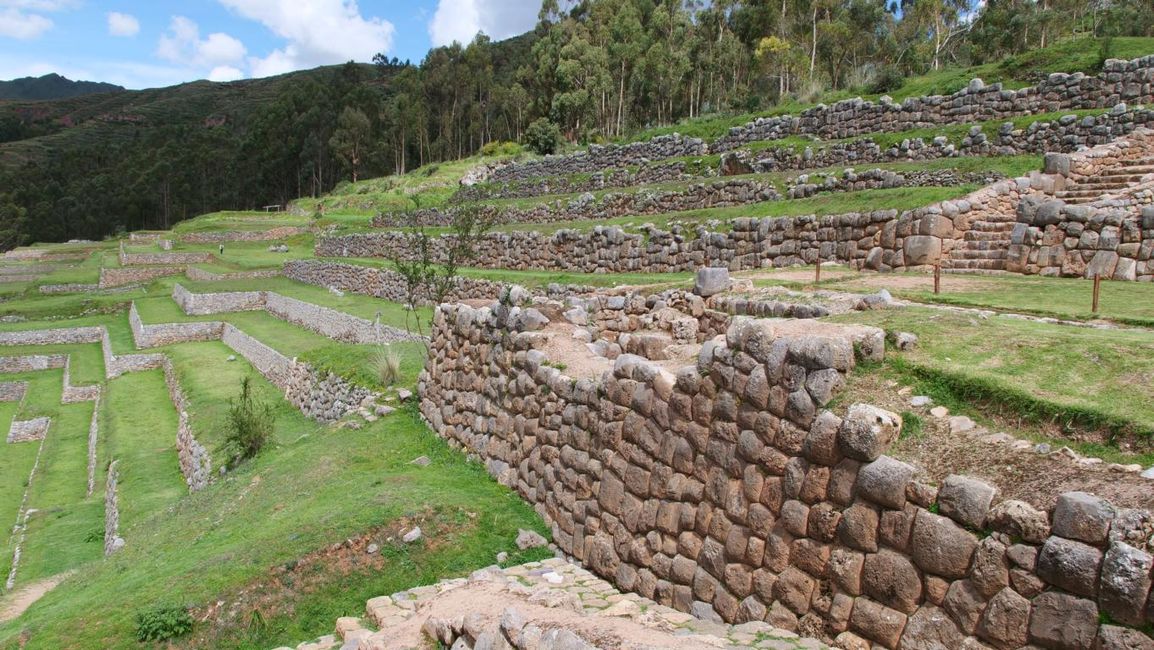
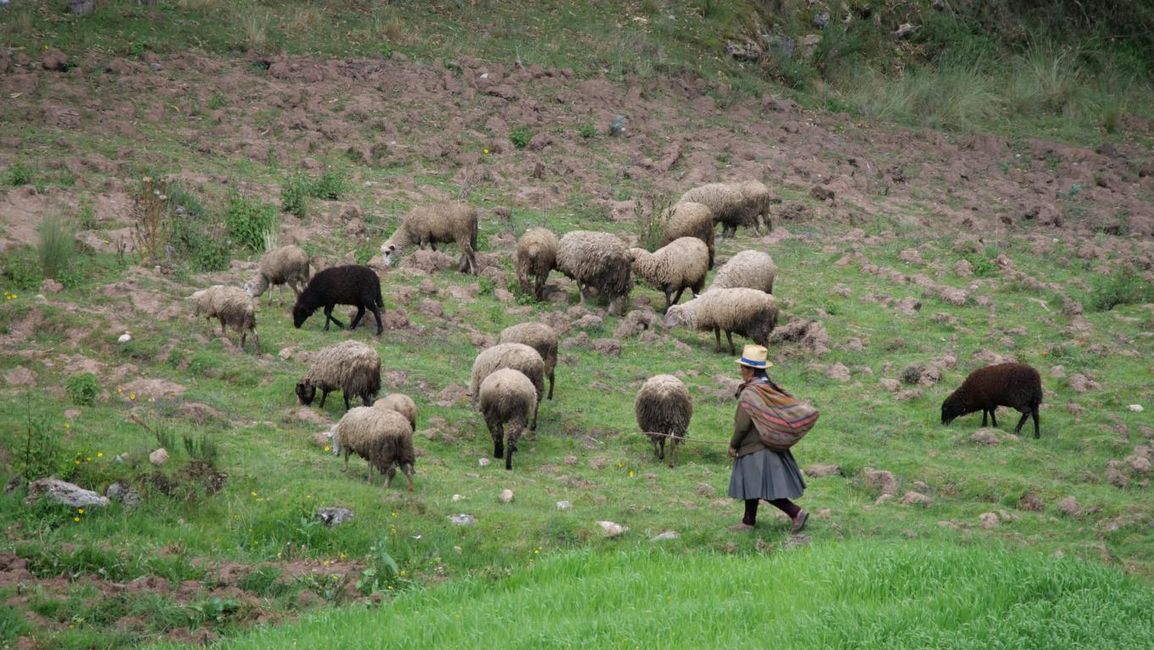
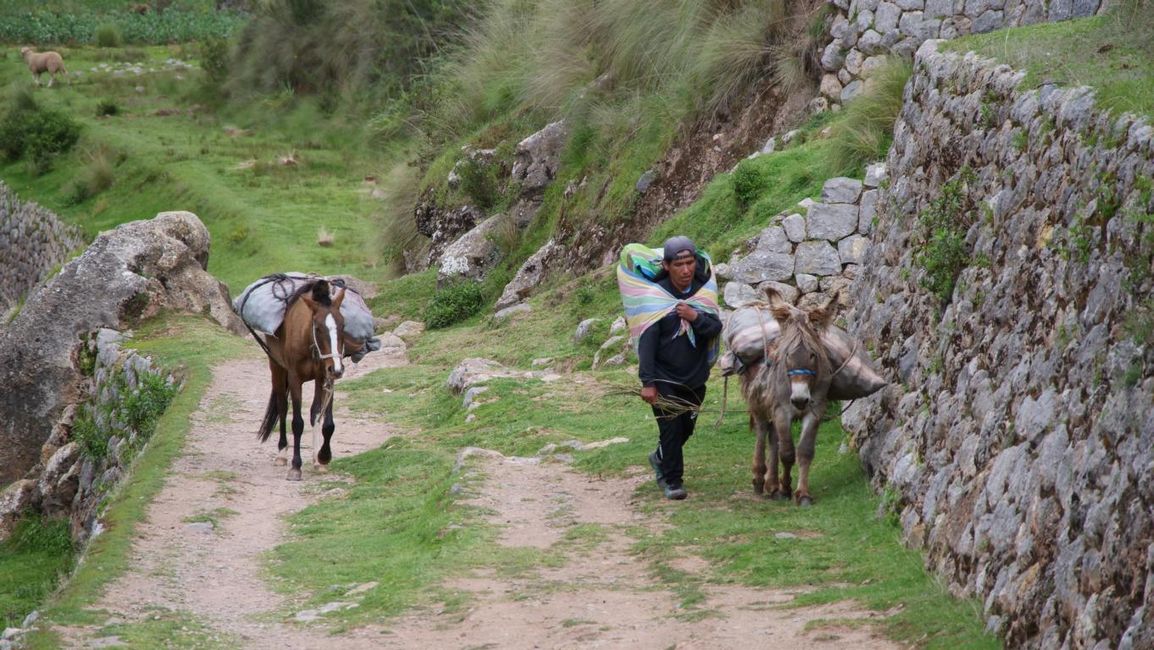
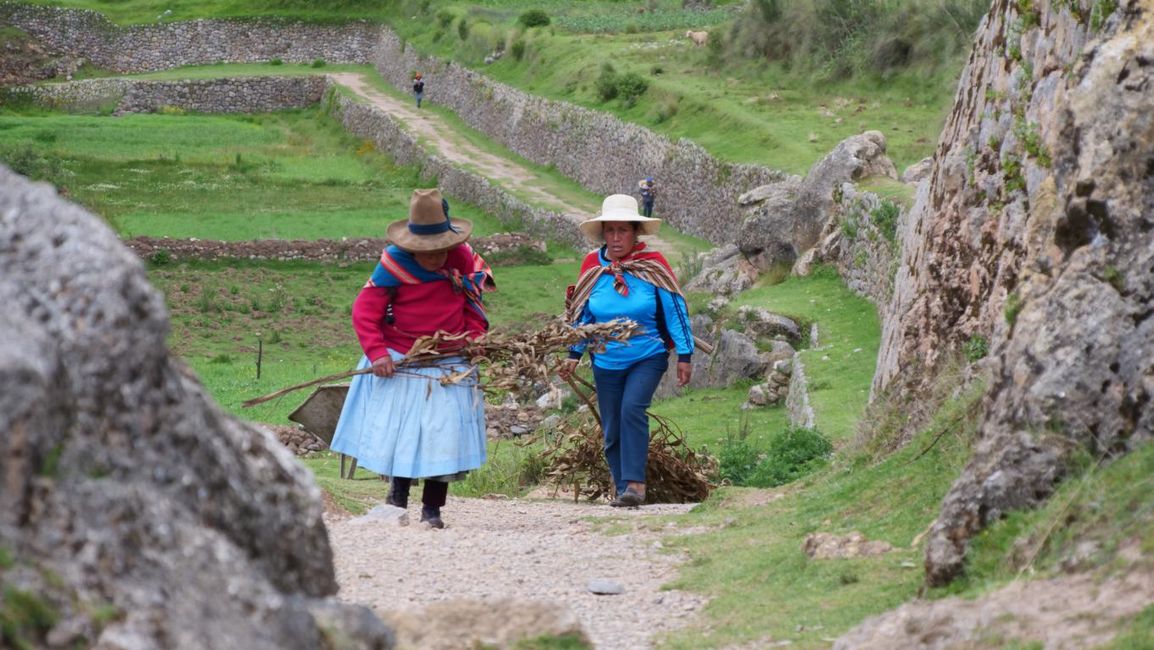
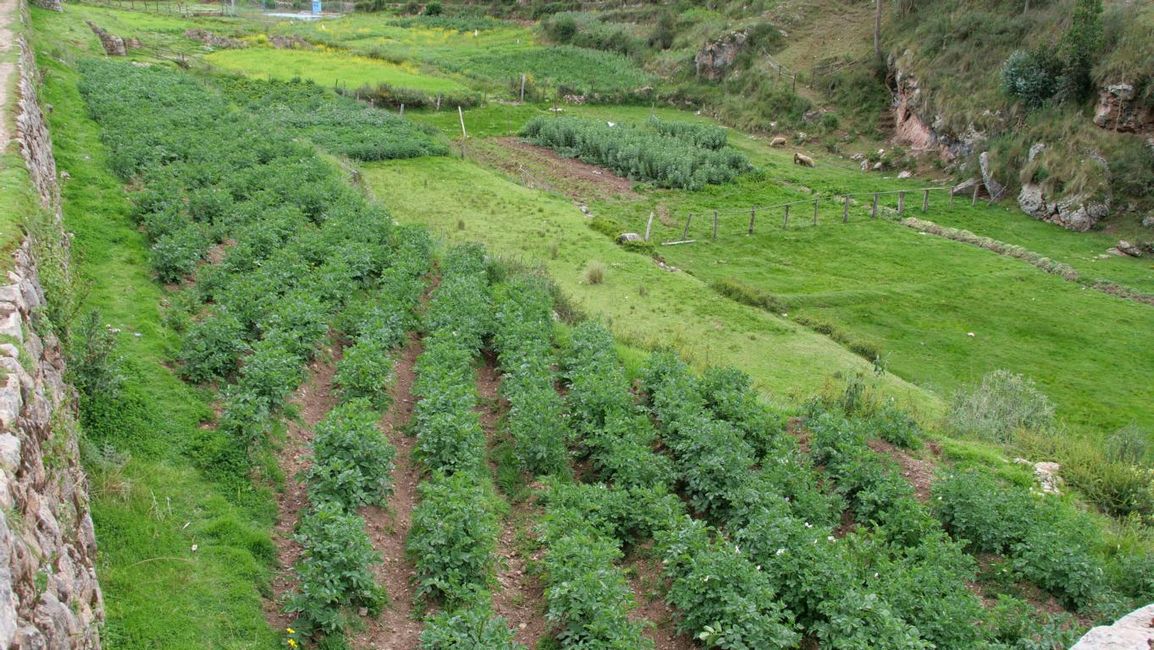
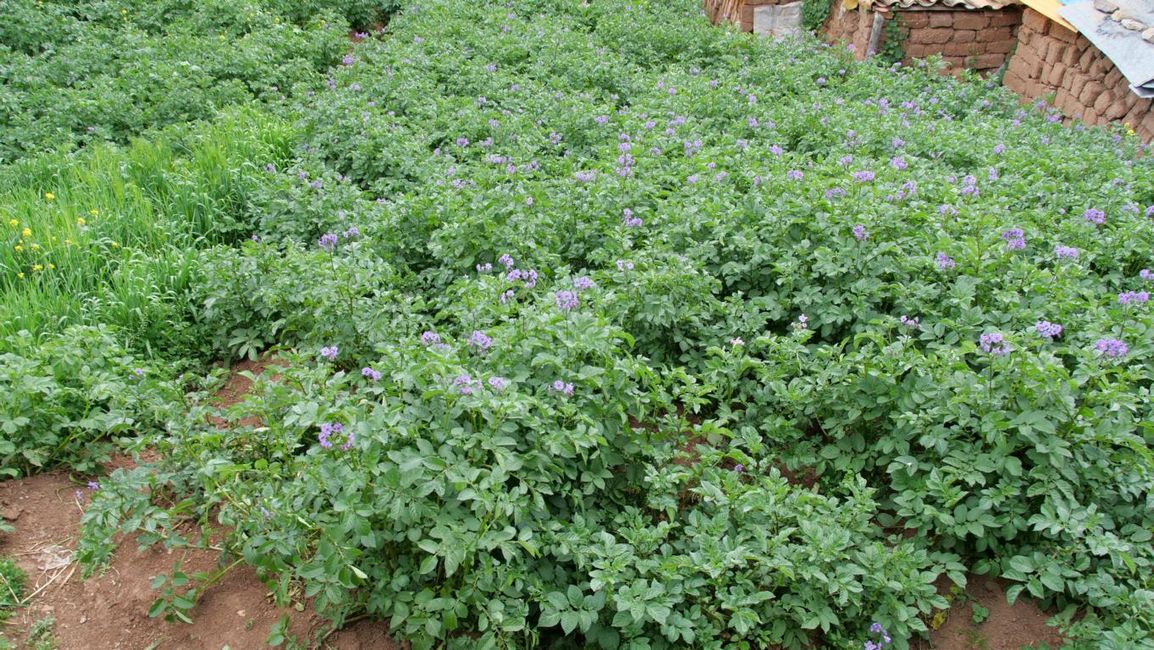
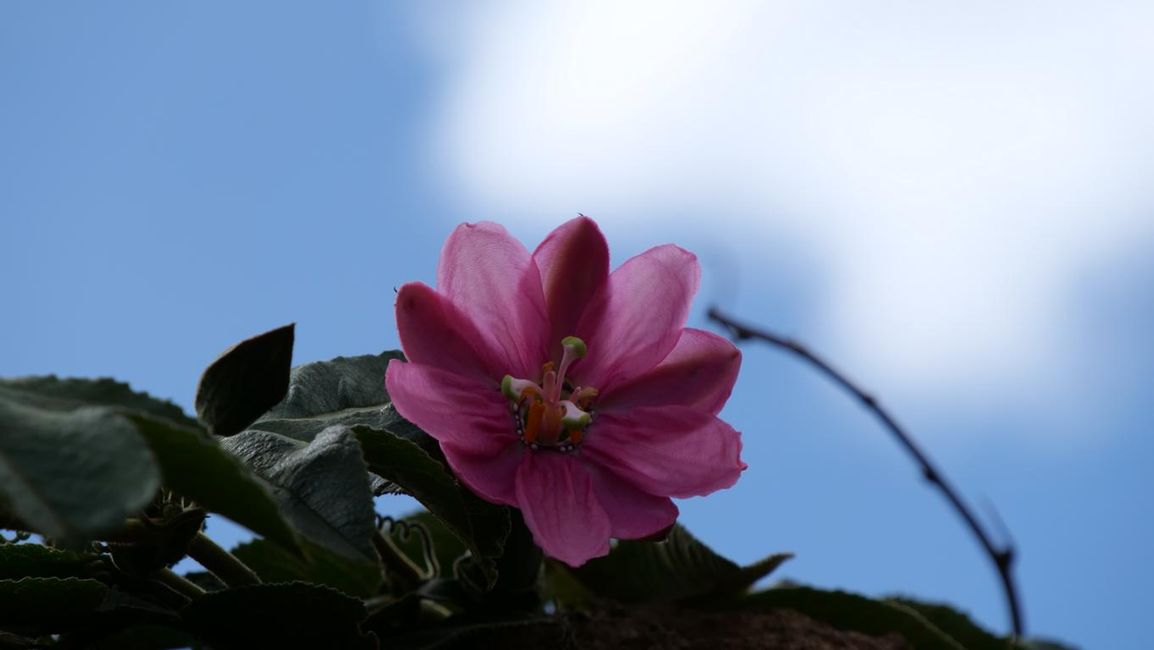
Bülletenə abunə olun
Today was all about the theme of "Inca". From the 13th to the 16th century, there was the great Inca Empire in the western part of South America, from present-day Ecuador to Chile and Argentina. At its peak around 1530, the Inca Empire covered approximately 950,000 square kilometers. They built their empire in the Andes, the longest mountain range in the world, with Cusco as its center. The Inca conquered other peoples and forced them to speak their language, which is still spoken by the indigenous people today. They worshiped multiple gods, with Inti, the sun god, being their main deity, and all temples in the country were dedicated to the sun. They built amazing structures and a vast road network. They did not have wheels, carts, or riding animals, and llamas served as pack animals. The Inca enjoyed eating guinea pigs and cultivated corn and potatoes on terraces on mountain slopes. In 1532, the empire was destroyed by the Spanish conquistadors under Francisco Pizarro.
In the morning, we were picked up by our guide Willi. The first place we visited was the archaeological site in Ollantaytambo. We spent 1.5 hours exploring the area, climbing some stairs, and observing the construction of the complex. The huge red granite stones that belonged to the Sun Temple were particularly impressive, even though they originally came from a mountain next to the site. There are several kilometers between them, the Sacred Valley, and a river. It is amazing how the Inca brought these massive stones here. In the lower part of the complex and in the town itself, you can see ancient walls and house foundations. The city used to be called Tambo, which translates to "lodge." People used to come here from the capital city of Cusco, located 50 kilometers away, and spend a night before continuing their journey by foot.
We then drove through the Andean landscape for three-quarters of an hour and arrived at Maras, where we had a salt and salt chocolate tasting. Our next destination were the salt terraces of Maras. In the highlands, there is a mosaic of thousands of white-brown salt fields. Even in the time of the Inca, they mined the so-called "White Gold" here. The saltwater comes from several springs, which fill the basins, and after 3 days, the salt can be harvested. There are 300 families who own the salt mines and harvest the popular Sal de Maras.
Our tour continued to the Inca site of Moray. It consists of 3 depressions with several terraces at different heights. The unique climate created by this arrangement ensured very productive harvests. The Inca also built a sophisticated irrigation system here, and even during heavy rainfall, the lower basin remains dry. The number 7 seems to have had a special significance for the Inca, as each of the complexes has 7 terraces.
Our journey then took us to the small town of Chinchero. It was the summer residence of the Inca, and to this day, you can still see many walls of the old city and the agricultural terraces. In the midst of it all, there is a church from the colonial period, but its foundations date back to the Inca era. Below the terraces, there is an old Inca trail that leads to Cusco and is still used by many locals and tourists today. It was already afternoon, and after a very informative and great day, Willi took us back to Cusco, and we returned to Naty's Guesthouse.
Bülletenə abunə olun
Cavab verin

Səyahət hesabatları Peru
